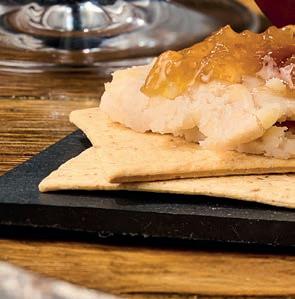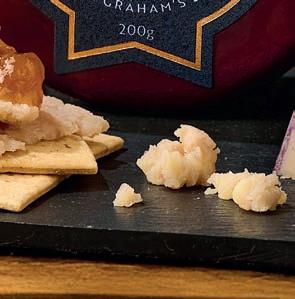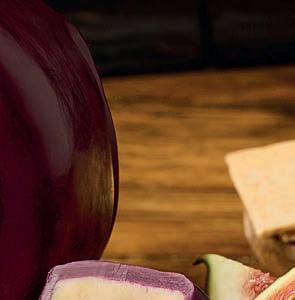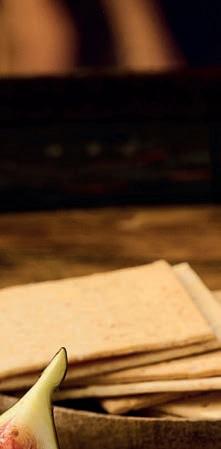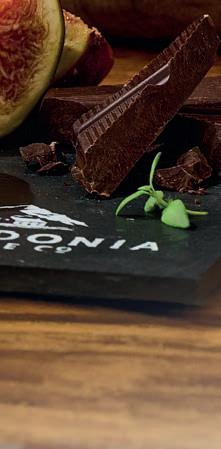

blues? SOMETHING FOR THE
Join us, as we go pairing with ports
Exploring South Africa’s growing cheese scene
Talking block cheddar with Barber’s A visit to Buchanans Cheesemonger



DOP
AFINADO 20 MESES

18 MESES
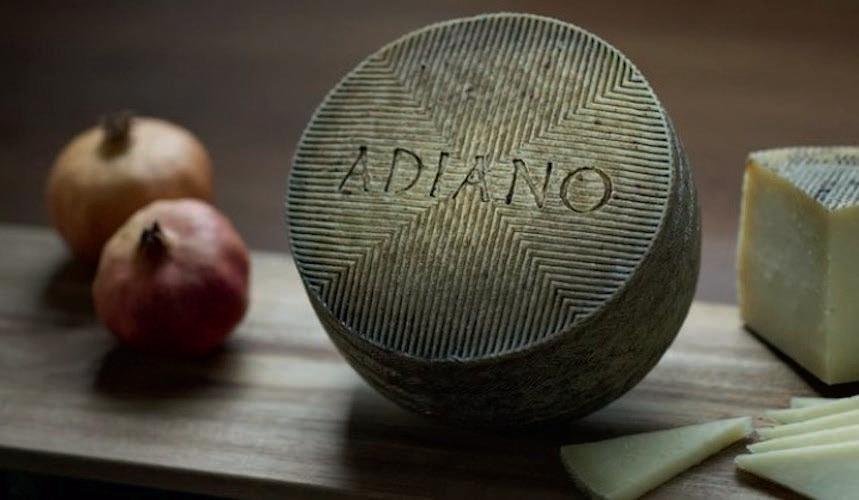
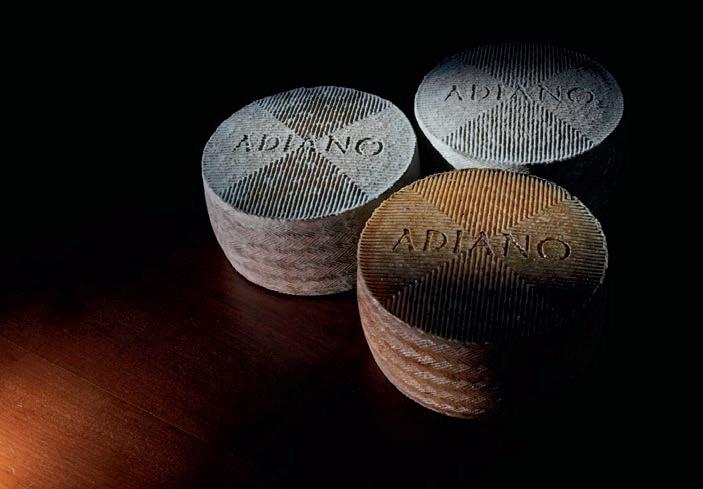



ADIANO MANCHEGO ARTESANO
ADIANO MANCHEGO ARTESANO DOP RESERVA
ADIANO MANCHEGO ARTESANO DOP CURADO 6 MESES
Tradition is a funny thing. We’re all guilty of taking things for granted that are labelled “traditional”. Dare I say, we might use that word to mean “boring”, “unchanged”, or simply “reliable”.
Well, this edition of Good Cheese is here to shake up that perspective and prove that the businesses, products and ideas you might file under this term are anything but humdrum.
We’ve explored the combination of Stilton with port, not just by trying to find the very best of that formula, but by expanding the theory to different styles of the revered wine and many different types of blue.
Then there’s a profile of Swiss affineur Walo von Mühlenen, who is the fi h generation in his family to mature cheeses, and we’ve also interviewed the cheesemaker at the family business behind last year’s World Champion from Portugal.
WHAT’S
COUNTER CULTURE
5
New cheeses and cheese shops, award winners and expansions – all in our round-up of news from the world of cheese.
AFFINEUR WALO
Walo von Mühlenen comes from a long line of cheese maturation experts, but he’s as innovative as he is traditional.
PORT WITH BLUES
9
Neither of these operations is resting on those long-established laurels and the wealth of knowledge that comes with them. They’re progressive and looking to expand the panorama of flavours, techniques and terroir that makes cheese such a wonderful and interesting food.
Barber’s is one of the oldest makers of Somerset’s famous cheddar cheese. It has preserved cultures from batches long since matured and consumed. It maintains a classic approach to its makes and yet it is always looking to discover new flavour profiles, maintain seasonality and introduce people to what proper cheddar should be like, not just in the UK but across the globe.
We’ve also tried to pinpoint the beginning of new traditions. South Africa’s cheese scene is still growing but if it continues in the way it is, soon it will be considered established rather than emerging.
Closer to home, we’ve visited Buchanans Cheesemonger, which is now over a decade old. That said, it has recently expanded its premises both above ground and below, on a quest to further improve the cheese it supplies to its customers.
But this isn’t just meant to be a passive lesson in cheese. As always, we’ve got news of new products, recipes and a handy list of UK shops, so you can get out there and discover cheese – traditional or otherwise – for yourself.
Michael Lane editor

2024 WCA CHAMPION
BUCHANANS CHEESEMONGER
21
Find out how Rhuaridh Buchanan continues to build up his business in Central London after more than a decade of trading.
RECIPES
12
You’ve heard of Ruby port with Stilton, but what about other styles of this famous fortified wine – paired with other blue cheese?
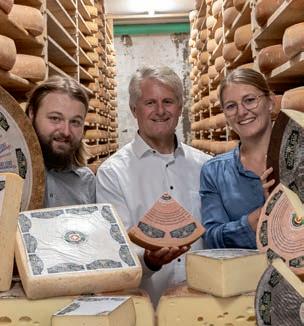
37
The story of Quinto do Pomar in central Portugal and its spoonable cheese is one of family, hard work and a very big win.
ACCOMPANIMENTS AND GIFTS
24
How a top chef, a food writer and cheese experts choose to use cheese in the kitchen.
SOUTH AFRICA
43
Pick some ideas to pep up your cheeseboard – or someone else’s – crackers, chutneys and more.
BARBER’S
28
While it’s not a country that is renowned for its cheeses, there is a growing artisanal movement and appetite for it in the Rainbow Nation.
47
Find out how this famous Somerset family farm is spreading the word about how good and proper block cheddar can really be.
CHEESE, NEAR YOU
53
Browse our directory of UK-based specialist shops with counters.
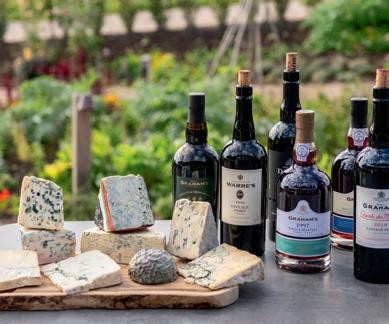

9 12 24 47






Deputy editor: Tanwen Dawn-Hiscox
Art Director: Mark Windsor
Contributors: Claire Bullen, Patrick McGuigan, Tina Nielsen, Isabelle Plasschaert
Sales & publishing director: Sally Coley
Senior sales account manager: Becky Haskett
Sales executive: Henry Coley
Sales support: Tamsin Bullock
GENERAL ENQUIRIES Tel: +44 (0) 1747 825200 info@gff.co.uk gff.co.uk
Guild of Fine Food, Guild House, 23b Kingsmead Business Park, Gillingham, Dorset SP8 5FB UK
PRINTED BY Blackmore
PUBLISHED BY The Guild of Fine Food Ltd www.gff.co.uk © The Guild of Fine Food Ltd 2025. Reproduction of whole or part of this magazine without the publisher’s prior permission is prohibited. The opinions expressed in articles and advertisements are not necessarily those of the editor or publisher.
Cover photo: Isabelle Plasschaert

CRAFTED IN SOMERSET SINCE 1833
Cheddar that is powerfully intense and complex with an exceptional depth of flavour. The slightly brittle and sometimes crunchy texture is a natural result of its long and slow ageing.
NEWS FROM AROUND THE CHEESE WORLD
cultureCOUNTER
Cheese supplier Carron Lodge has invested £1m at the former Singleton’s dairy in Lancashire as it looks to increase its own in-house production of soft cheeses. As well as wholesaling a range of cheese across independent retail, the business also owns a number of its own brands, including Grandma Singleton’s, Ribblesdale Cheese Co and Cheddar Gorge Cheese Co.
A court in France recently barred factory-made Camembert from being labelled as “fabriqué en Normandie” (made in Normandy) in a victory for cheesemakers producing the raw milk, PDO- cheese Camembert de Normandie.
The Alpinestyle Burford – a relatively new cheese from King Stone Dairy – was named the Champion at the British & Irish Cheese Awards 2025. The 29th edition of the awards, which were hosted by the Bath & West Food & Drink Festival in Somerset, saw the Reserve Champion Cup go to Golden Cross’s goats’ log, while other winners included Harvey & Brockless goats’ cheese Clara (Best English), Anster from St Andrews (Best Scottish) and Caws Teifi for the washed rind Saval (Best Welsh).
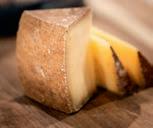
Retailers not feeling gloom as new openings continue
The UK’s independent retail sector has seen a lot of new shops opening in 2025, including expansions from a number of bigger names.
IJ Mellis, Neal’s Yard Dairy and Borough Cheese Company have all opened new London stores, and outside the Capital, other notable new shops include The Welsh Cheese Co in Cardiff, The Cheese Connection in Bristol and a new cheese room at Peterley Manor Farm in Buckinghamshire.
IJ Mellis, which has five shops in Scotland, has crossed the border and opened its first shop in London, at a unit in Crouch End that features a 70-strong retail range plus space for wholesale orders.
Owner Iain Mellis said the move was building on the success of running a stall at the Chiswick Cheese Market.
In May, Neal’s Yard Dairy opened its fi h London store in Baron’s Court (pictured) – looking to tap into more regular weekly trade from people who work from home, in what is a relatively residential area.
Bristol-based The Cheese Connection, which started in 2022 as a mobile cheesemonger, opened a shop in a shipping container at Wapping Wharf last month.
The Welsh Cheese Co already sells online and from its shop on the outskirts of Cardiff in Taff’s Wells. Its second shop is in the city, in the Victoria Park area, and will stock more than 70 cheeses.
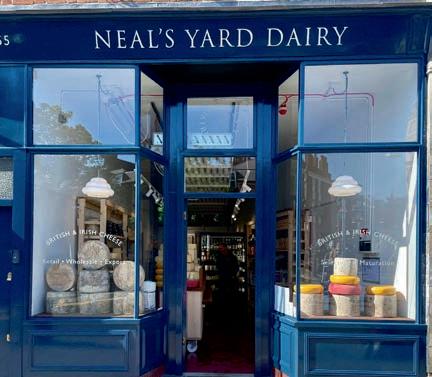
In Scotland, Glasgow cheese shop & wine bar Starter Culture, which is located in the city’s Shawlands area, announced plans to open a second site in The Meadows in Edinburgh.
The Li le Shop of Cheese, which operates market stalls in Thame, Wendover and Leighton Buzzard, has opened its first bricks & mortar shop in Thame.
Cheese shop and restaurant group Champagne + Fromage has opened a new site in Harrogate, joining outlets in London, Chester, Bath and on the Isle of Wight.
Further afield, the Pick & Cheese restaurant concept has been introduced to Berlin, while the company behind it has also converted its Camden outlet into a conveyor belt eatery. And now it has announced plans to open another site in New York next year.
Cheesemonger Invitational showcases
America’s top professionals in New York
The annual spectacle that is the Cheesemonger Invitational came to a raucous conclusion in as a host of the USA’s talented professionals demonstrated their skills in front of a public audience in New York City.
Max Lazary won a very tight final competition. He is originally from Philadelphia but works at Talbo & Arding in Hudson, New York, via the Anne Saxelby Legacy Fund apprenticeship scheme.
An American has won the prestigious Mondial du Fromage for the first time in the event’s history. By picking up the Gold, Emilia D’Albero (who is sales & marketing manager at cheese wrap firm Formaticum) has effectively claimed the title of Best Cheesemonger in the World. A fellow American Courtney Johnson, owner of Seattle’s Street Cheese, placed third, while France’s Matthieu Thuillier of Fromagerie Le Bois d’Amalthée took the Silver.
Held at the Brooklyn Steel venue at the end of June, the event saw 40 cheesemongers take part in a series of

challenges. These included wri en tests, wrapping tasks, salesmanship roleplays and pairing presentations, all of which were assessed by a team of judges behind closed doors during the morning.
A er the six finalists were determined, they had to go through another series of challenges on stage in front of a live audience, with the event’s founder and head of Maker To Monger, Adam Moskowitz, whipping up the crowd (dressed up in a cow suit as his alter ego Mr Moo). cheesemongerinvitational.com
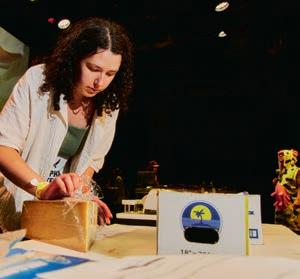

Wakeman wins top prize at Affineur of the Year
Perry Wakeman of Rennet & Rind in Lincolnshire took the top prize at the Academy of Cheese’s Affineur of the Year competition for the third time in four years.
2025’s winning cheese was named Dillon and started life as an 8kg truckle of Quicke’s clothbound cheddar, with Wakeman maturing it at high humidity and temperature and removing the cloth early. He then used a spiked rolling tool to transfer the flavours usually found near the rind deep into the cheese’s paste.
Judges, including French affinage legend Laurent Mons, deemed this to be the winner in its category and overall.
The rest of the competition’s trophies were swept up by Nick Bayne and Martin Knapp of The
Fine Cheese Co. They were named the winners in Best Washed Rind, Best So , Best Crumbly, and the People’s Choice award.
Roger Longman of White Lake Cheese took the Best blue category.
This year, the competition expanded again to include five categories, giving affineurs the opportunity
to age and refine an 8kg truckle of Cheddar from Quicke’s, a 4kg Gorwydd Caerphilly from Trethowan Brothers, an 8kg Blue Shropshire from Cropwell Bishop, five 1kg wheels of Baron Bigod from Fen Farm Dairy, and 15 x 180g rounds of Solstice from White Lake Cheese. academyofcheese.org

UK makers get busy as 2025 produces bumper new crop
There has been an explosion of new product development in the British artisan scene in 2025, with a host of new cheeses gracing counters nationwide.
Fen Farm Dairy, best-known for Baron Bigod, launched a Reblochon-style washed rind called Raedwald to showcase the rich milk of its Montbéliard cows in the winter and early spring. Also new on the scene is Yr Afr, a raw goats’ milk cheese made by Brad and Beth Cunningham in North Wales. This small cheese (whose name means ‘The Goat’ in Welsh) could be compared to a French Cro in de Chavignol, with
its creamy savoury paste and mushroomy rind. As if making the famous Rollright wasn’t enough, King Stone Dairy in the Cotswolds has added further to its stable with the Alpine-style Burford and sheep’s milk cheeses called Bibury and Hidcote. Meanwhile, Yorkshire Pecorino has developed a new Taleggio-style cheese called Town Crier, in a round shape. Carwyn Adams, owner of Caws Cenarth in Carmarthenshire, has released new cheeses every month via a selection box dubbed Carwyn’s Angels.
Jonny Crickmore, Fen Farm
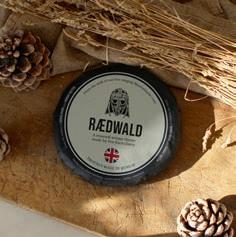
Dairy ‘s owner and the chairman of the Specialist Cheesemakers Association, cited a number of reasons for the surge, including support among fellow producers and a fearlessness about producing different styles.
He added: “With more challenging times ge ing Continental cheeses into the UK, there’s more hunger and desire for British cheeses.”
THREE NEW BRITISH CHEESES TO TRY
Butlers Farmhouse Cheeses is in the process of building a “cheesemaking campus” at its Lancashire site that was destroyed by a fire in 2023.
The new facility, which incorporates maturation, packing and office facilities, will open by the end of 2025.
As well as its own Lancashire cheese, Blacksticks Blue, Kidderton Ash goats’ cheese, the company also produces Tunworth and Winslade on the farm, having acquired previous maker the Hampshire Cheese Company in 2024.
Journalist (and regular Good Cheese contributor)
Patrick McGuigan has teamed up with fellow World Cheese Awards judge Carlos Yescas to write a new book. One Cheese to Rule Them All features profiles of 100 different cheeses, exploring how they are made, what to pair with them and their award-winning status.
Strathearn Cheese in Scotland, which closed in 2024, has been resurrected by 26-yearold former employee Ben Hodgson, who says the company’s cheeses were “too good to lose”.
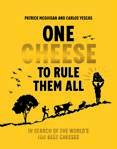

The business, based at Cultybraggan (a former Prisoner of War camp) near Crieff in Perth & Kinross, is now making its soft cows’ milk Wee Comrie again, along with the wild garlic lactic Lady Mary. Production of the washed Strathearn is set to resume in early 2026.
Researchers at the Technical University of Denmark have created milk proteins in their laboratory, with added phosphate, using E.coli bacteria instead of animals. This scientific development opens up the possibility of producing cow-free cheese.

Stinking Bishop producer Martell & Son in Gloucestershire has created its first ever blue – a new semisoft cows’ milk cheese called Hulla Ballo. It is said to be “fresh and zesty” and is sold as 200g whole cheeses.

Best known for its awardwinning blue, the Cornish Cheese Company has launched a new bloomy-rinded soft cheese called Dozmary –named after Dozmary Pool on Bodmin Moor. More powerful than Cornish Camembert, it is made with pasteurised cows’ milk. cornishcheese.co.uk
charlesmartell.com
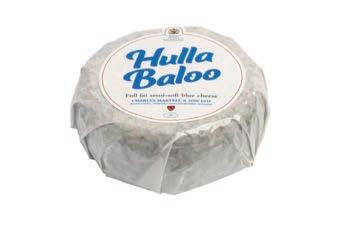
Burt’s Cheese in Cheshire launched a new blue Cheshire, wrapped in cidersoaked vine leaves. Produced in 2kg rounds, Bidlea Blue is the fifth cheese in founder Claire Burt’s repertoire. burtscheese.co.uk

Another cheesemaking operation that was revived in 2025 is the setup on the Holker Estate in Cumbria.
Under the stewardship of former St James cheesemaker Nicola Robinson, the dairy unit on the estate has started producing the washed rind cheese of the same name – except now it is called St Elizabeth, who is the patron saint of new beginnings.
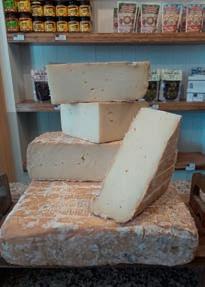

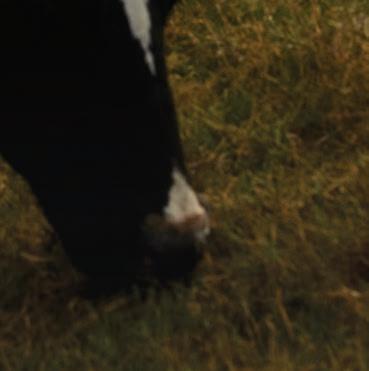







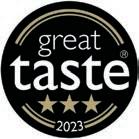









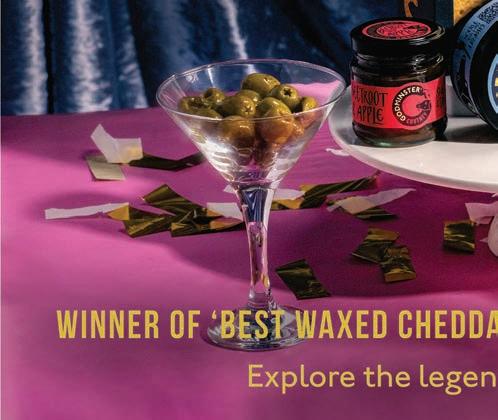



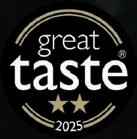
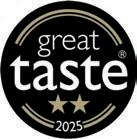
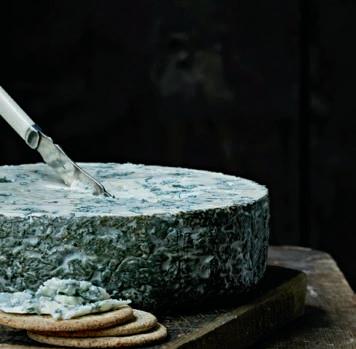







MOUNTAINSmeadows OF Affineur
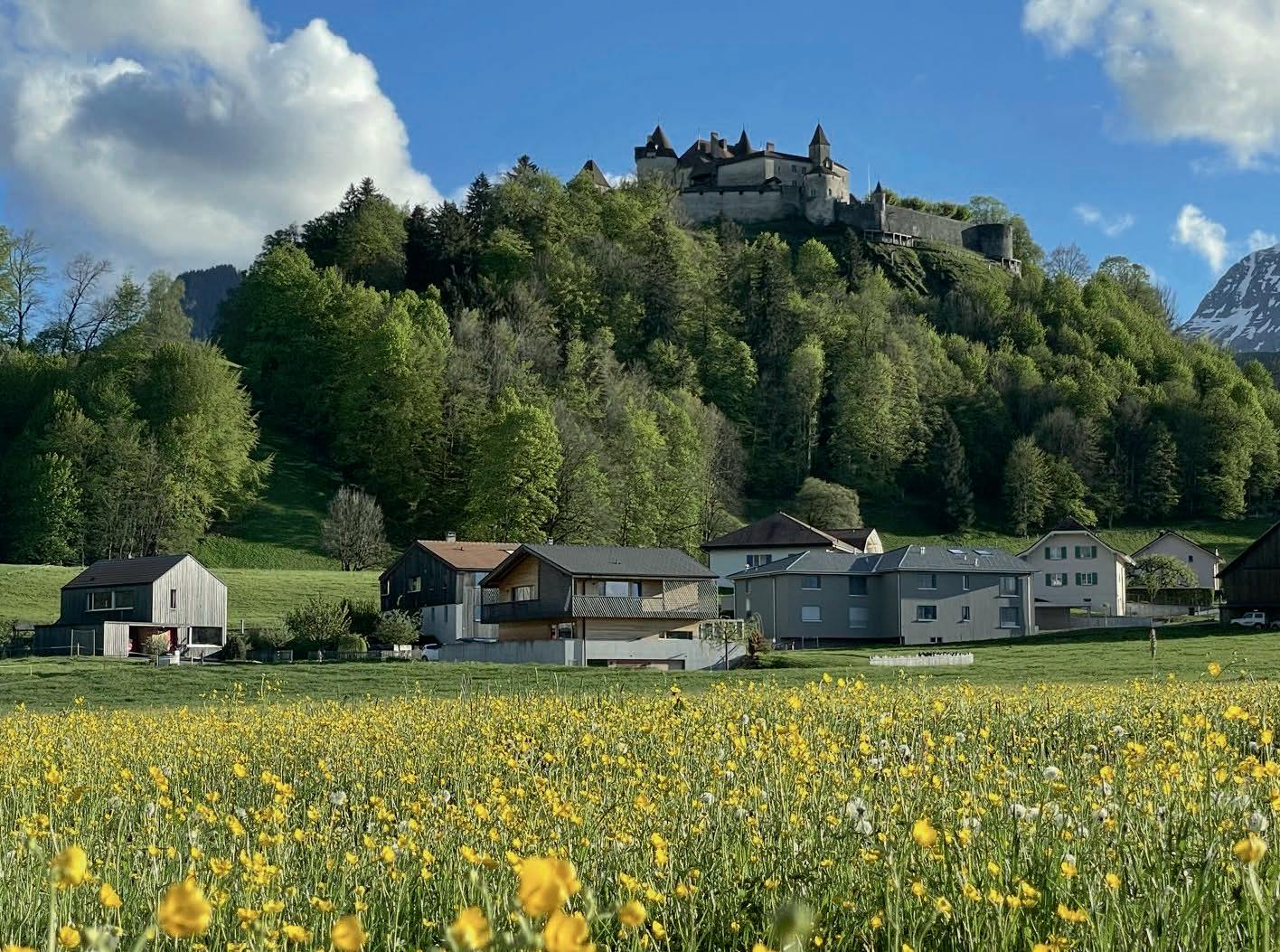
By Claire Bullen

I&

If you have even a passing interest in Swiss cheese and affinage, the von Mühlenen name should be familiar. While his current business benefits from generations of knowledge and experience, Walo von Mühlenen is still striving to mature cheese that is more deeply rooted to Switzerland – both in terms of tradition and terroir.
t’s easy to romanticise Switzerland’s cheesemaking traditions. The phrase alone conjures images of copper cauldrons over wood fires, cows adorned with clanging bells, and lush meadows overlooked by snowy peaks. Then there’s the cheese itself: cave-aged and rind-washed, perfectly creamy yet studded with crystals.
Walo von Mühlenen is not immune to a bit of tenderness when considering his homeland’s dairy traditions. During our conversation, the fi h-generation affineur waxes lyrical about the beauty of raw milk cheese, which he says perfectly encapsulates the land, the animals, and the maker’s hand in a way that industrial products never can.
“These cheeses, they tell you a story,” he says wistfully.
He also reminisces about childhood trips up the mountains to visit local dairies. “I was always interested and fascinated by the business,” he recalls. “My father took me to select the cheeses when I was not in school. I helped – or I watched
what they did, and I liked it.”
Von Mühlenen’s family has been involved in Switzerland’s cheese industry since 1867. That year, his great-great-grandfather, Andreas von Mühlenen, started a small grocery in Bern. Later, his son, Ernst, expanded operations when he purchased an affinage business.
Since then, the business has evolved under the stewardship of subsequent generations. In 1970, Von Mühlenen’s father, Roger, moved the company from Bern to its current location in Fribourg. By then, the family primarily worked with Emmental and Gruyère – constraints imposed by the nowdefunct Swiss Cheese Union, which tightly regulated Switzerland’s cheese production for much of the 20th century.
Despite von Mühlenen’s early interest in cheese, he did not initially follow in his father’s footsteps. Instead, a er studying economics, he spent the early years of his career working for large corporations selling cigare es and then cosmetics. Eventually, he got jaded.
“When you’ve seen how it is to work for other companies, you think, ‘What I did for them, I can also do for myself,’” he says. “It was simple, and cheese was also the product I preferred.”
Von Mühlenen stepped in to run the family business in the late 1990s. It was a fraught time for Switzerland’s cheesemakers. Following various corruption scandals, the Swiss Cheese Union was dissolved, throwing the industry into disarray and leading to a wave of closures and consolidations. While Roger was pessimistic about the family business’s future, von Mühlenen was convinced it could weather the storm.
It did for some time. But in the mid-2000s, the business was purchased and merged into a larger company. Not content to mark the end of five generations of cheese expertise, von Mühlenen revived operations in 2011. He named the re-
formed business Affineur Walo.
Despite the period’s upheaval, there were still advantages in working in the wake of the Swiss Cheese Union’s collapse, von Mühlenen tells Good Cheese
“It made it much easier to drive forward the business as you wanted, because nobody told you what you had to do,” he says. It was a time of creative flowering for Swiss cheese, when producers could make new or heritage varieties that the union would not have sanctioned.
Von Mühlenen was keen to partner with local dairies to produce a range of speciality cheeses. But first, he had to establish a quality baseline. “I think we were the first [affineur] who started to pay a bonus for good quality,” he says. “By pushing this, the other dairies saw we were really working on quality. And then the good ones started to call us, and they wanted to work with us. And that’s how it started.”
As von Mühlenen describes his work, it’s clear that he is a very hands-on affineur – more a mentor and creative collaborator than a passive partner. He describes making routine visits to cheesemakers across the country, regularly driving into the mountains to reach them. He advises on their milk sources and consults on their recipes and techniques.
He even advises them on changing dairies when their locations prove inadequate. “There were so many young, very talented cheesemakers who took over a dairy in the wrong region.
“I had to tell them a er four or five years, ‘Listen, with those farmers, you will never get to a point where it is satisfying for you. You’d be er stop and look for another dairy in another region,’” he says.
All of this effort precedes the moment the cheeses arrive in his cellars. Here, too, his approach is unorthodox. “I prefer warm cellars,” he says. “The warmer the cellar, the more humidity you can get in. And the cheese does not get too cold, the texture remains very smooth.”
This approach is risky. The cheeses are more likely to express any latent faults, and mature much faster than they would in cooler cellars. But as long as quality is a ended to, the technique can produce extraordinary results: cheese that is creamier and richer, more complex and deeply flavourful.
It’s hardly surprising that Affineur Walo’s products have picked up scores of international
The warmer the cellar, the more humidity you can get in. And the cheese’s texture remains very smooth.
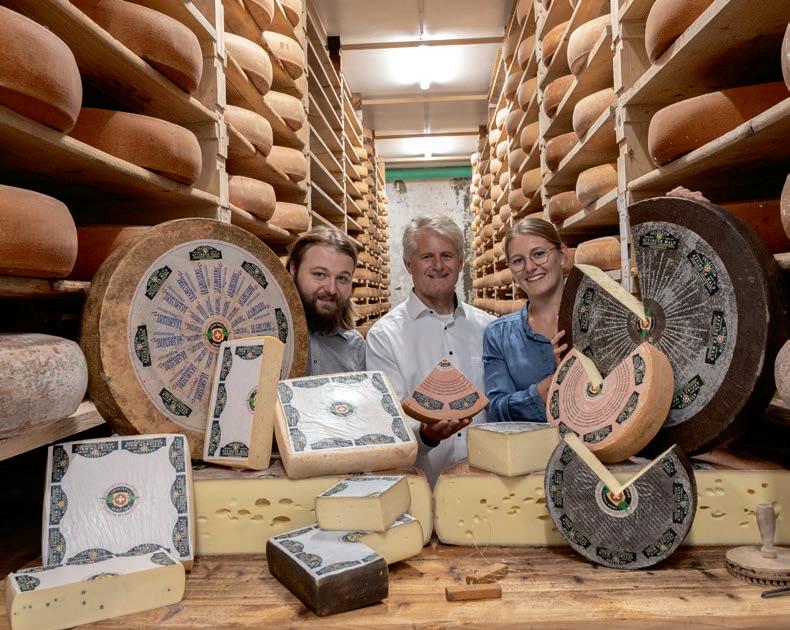
awards, including numerous nods at the World Cheese Awards. Last year, the company’s Creamy Lion Cheese from Thurgau, a complex and meltable semi-hard cheese, won a Super Gold in the awards’ top 16.
Today, Affineur Walo produces nearly two dozen different cheeses. Its range features several standard-bearers, including a 14-month matured Emmentaler and a cave-aged Le Gruyère.
Then there are the more unusual offerings. Take Stärnächäs, a spicy and semi-hard cheese from eastern Switzerland, or Racle e washed in red wine. There are the so-called “ingredient cheeses,” flavoured with wild garlic or paprika and chilli. One of Affineur Walo’s house brands, L’Antoine the Cheese-Artist, comprises cheeses made to historical recipes wri en by a 17th-century shepherd.
There is also a sixth generation of affineurs on board, with Walo’s children Fabiola and Andreas working at the company.
Von Mühlenen’s current pet project is Flower Meadow Cheese—a label he developed to denote artisanal, raw milk cheeses. “‘Raw milk’ is o en seen as negative. Already today. we are fighting against all the regulations in every country,” he says. By contrast, ‘Flower Meadow’ has a positive association and evokes the terrain from which the cheese is born.
At this point, von Mühlenen can’t help but slip into a slightly romantic register. “Alp cheeses have extremely wide flavours,” he says. First of the grass, of the flowers, all the herbs, and also of the dairy itself, the hut.
“Working with raw milk means the region becomes very important, because you can feel everything in the raw milk.”
Such cheeses are also naturally ephemeral. High in the mountains of Switzerland, they can only be made when the snow recedes, typically from late June until early September. Many cheesemakers produce li le more than one wheel per day, or some 60 per season.
It isn’t an easy life, von Mühlenen says, lest it sound like some pastoral fantasy.
“You’re very close to nature, but the cheesemakers live in conditions that most people would not accept. It’s not just that they don’t have electricity, but also that the hot water is produced by burning wood.”
All of this stands opposed to the logic of commodity and industry – of cheese that has been forcibly disconnected from its origins. Von Mühlenen derides the practice of feeding ca le silage rather than fresh grass. It creates a bad odour in the milk that can only be removed by microfiltration, he says, which also strips out everything good—even the calcium. What remains lacks any character. “Many industrial cheeses, all they have as a taste is salt,” he says.
When I ask von Mühlenen, by contrast, what a great cheese tastes like, he pauses to consider the question. “Great cheese is more savoury – it has more, different flavours inside,” he says at last. “It’s blooming. That’s what makes the big difference.” affineurwalo.ch/en



Walo von Mühlenen (centre) with his son Andreas and daughter Fabiola


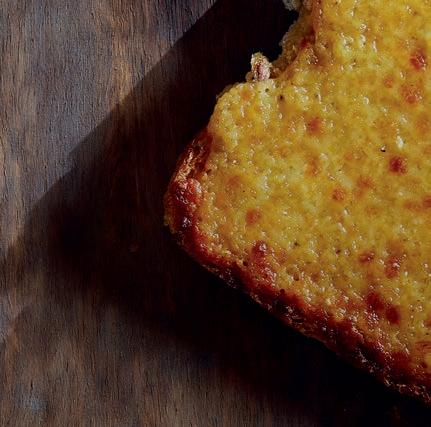
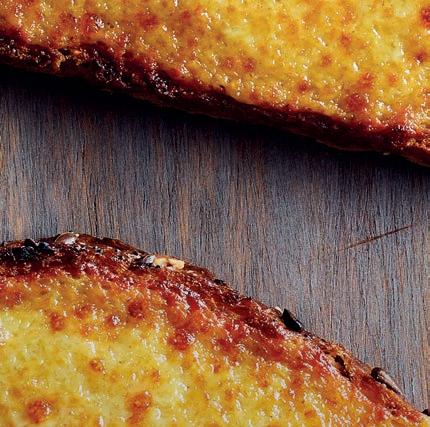
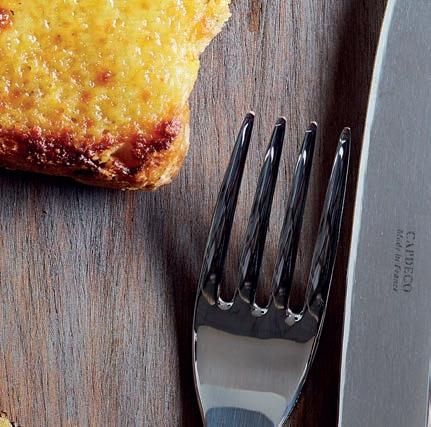

Whether it is the many Great Taste Award winners or the rich history of Traditional Welsh Caerphilly (PGI), there is something for everyone to enjoy when it comes to cheeses from Wales. And with the Welsh dairy sector continuing to grow in recent years, it is clearly no longer Wales’ little secret.
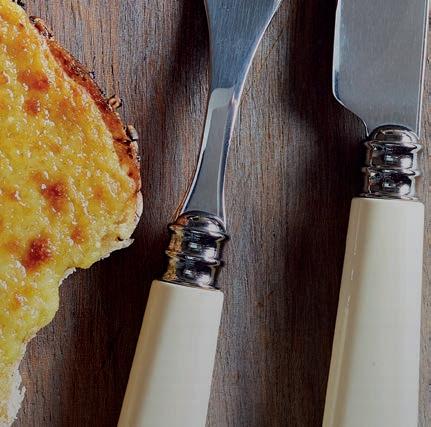

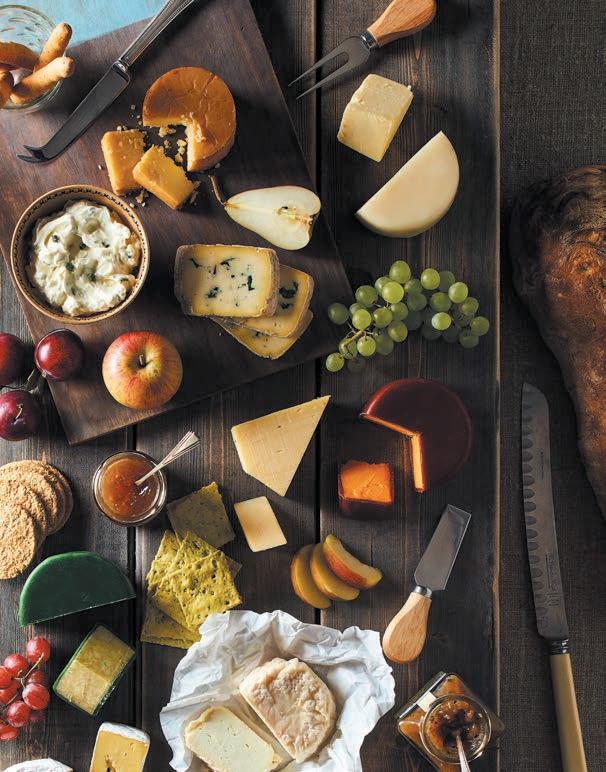
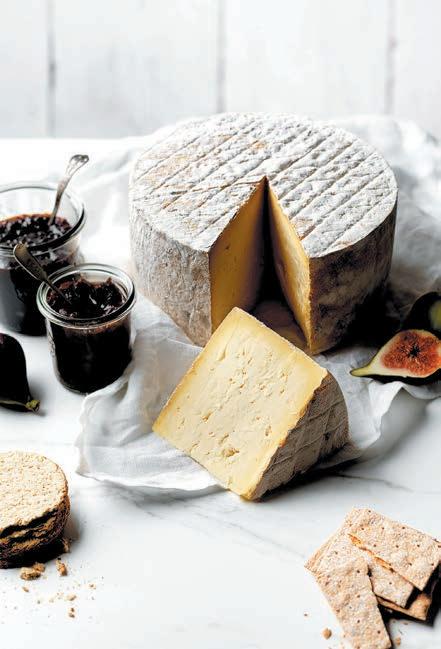
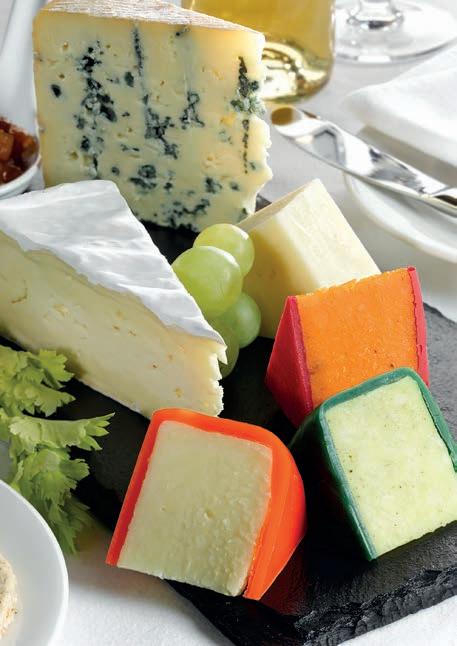
IS THERE more TO THE iconic duo?

There are a number of bedfellows in the cheese-matching game. Ruby Port and Stilton might just be the most natural of them all. But what if you widened the experiment to all blue cheeses and the myriad of styles offered by the famous Portuguese wine? Good Cheese decided to find out…
By Patrick McGuigan
Photography by Isabelle Plasschaert
There probably isn’t a more classic drink-cheese combination than Stilton and port. The salty, savoury nature of the king of British blues really is a perfect pairing for the sweet power of Portugal’s famous fortified wine.
But is Ruby or Tawny best for Stilton? And does port work with other blues? If so, which styles are best for which cheeses?
In the hope of answering these questions, Good Cheese enlisted the help of port expert Henry Benne , brand ambassador for Symington Family Estates, which has been in the port business for more than 130 years and owns prestigious brands including Graham’s, Dow’s, Cockburn’s and Warre’s.
The company is also the co-owner of Hambledon Wine Estate in Hampshire, which seems a fi ing place to explore the synergies between port and blues.
The grapes have been harvested, but the leaves on the vines are a beautiful shade of gold in the autumn sunshine as we sit down at Hambledon’s new restaurant to find the best matches for nine blues ranging from super mild to eye-wateringly strong. Stilton is, of course, present and correct.
“There are so many different styles, you can find a port for pre y much any cheese,” says Benne . “Touriga Nacional and Touriga Franca – grapes o en used to make port – have a real affinity with gamier foods. So they work well with the funky, salty flavours of blue cheese. They also have enough power and intensity.”
While Ruby is by far the most popular style, accounting for just under half of all port sales globally, it is White and Tawny that are growing fastest, along with more premium Vintage and Single Harvest wines. And it’s these lesser-known styles that Benne believes will provide exciting matches.
“Ruby or LBVs are the classic pairings for Stilton, but Tawny is incredibly food-friendly because of its rich dried fruit and nut flavours.
Sales have grown by 36% in the British off-trade since 2019. Likewise, Vintage ports are great with all sorts of cheese, while White ports are floral and more subtle, so can work with milder cheeses.”

port and blues
Montagnolo Affiné & Cockburn’s White Heights N/V
We start with an entry-level blue, so mild it has been known to convert even the most ardent of sceptics. Montagnolo Affiné from Bavaria is a soft, buttery cows’ milk cheese with just a whisper of blue flavour. It’s too gentle for richer Rubies and Tawnies, but White ports are a better fit. We settle on Cockburn’s White Heights, a fragrant, slightly drier style from high-altitude vineyards. It has sweetness, racy acidity, and tropical fruit notes of mango and pineapple.
Henry Bennett: “It’s got great freshness, which cuts through the richness. And the creamy cheese carries the fruit notes really well.”
Patrick McGuigan: “This combo reminds me of Ski fruit yoghurts when I was kid. It’s a grownup pineapple yoghurt experience.”

port? WHAT IS
Port is a fortified wine from Portugal’s Douro Valley, made by adding grape spirit partway through fermentation to stop the process. This result is a rich, high-alcohol wine (usually 1920% ABV), which is then aged in barrels, tanks, or bottles, producing a wide range of styles.
• Ruby: Aged two to three years in large barrels to preserve its deep colour and fresh, fruity character.
• Tawny: Aged for many years in small oak casks, allowing gradual oxidation that creates nutty, caramelised flavours and a tawny colour.

Gorgonzola Dolce & Graham’s Single Harvest Tawny port 2011
Next up is another soft cheese at the mild end of the blue spectrum. Our wedge of Gorgonzola Dolce from Lombardy has a clotted cream texture, plus complex fermented fruit and yeasty notes. The Whites get a little lost against the cheese, but Tawnies have a real affinity with its boozy flavour, especially Graham’s Single Harvest from 2011, which Bennett says is the best vintage of the century so far. The wine was bottled in 2023 to celebrate the 650th anniversary of the Anglo-Portuguese Alliance and has elegant acidity and orange peel notes.
HB: “The elegance of the port is key. It has great acidity, which gives it a lighter mouthfeel, and a long finish, so it brings out and extends the flavours in the cheese.”
PM: “This really elevates the cheese, bringing out those sweet, fruity notes. The port is refined and sophisticated, but has brought the cheese up to its level, rather than outclassing it.”
• White: Made from white grape varieties and aged in stainless steel or oak.
• Vintage: Produced only in exceptional years from a single vintage, aged 18 months to two years in cask, then bottled unfiltered to mature for many years in the bottle.
• Late Bottled Vintage (LBV): From a single vintage, aged four to six years in cask, before bottling.
• Single Harvest (Colheita): A Tawny-style port from one vintage, aged in small oak casks for a long time (often decades) before bottling and release.

Cashel Blue & Graham’s 20-Year-Old Tawny
Tawny ports are also a nice fit for a fudgey round of Cashel Blue from Tipperary, Ireland.
There’s an intriguing toasty note and grainy texture to the cheese, which is amped up by the spice and sweet raisin notes of various Tawnies.
It’s the balance of fresh and dried fruit flavours in Graham’s 20-Year-Old that partners best.

Harbourne Blue & Graham’s Blend Nº5 White port & Tonic
Made with goat’s milk in Devon by Ticklemore Dairy, Harbourne is pale and crumbly with a delicate floral character, so it requires a suitably subtle partner. Blend Nº5 is almost perfect for the job. Made from aromatic Moscatel Galego and fresh Malvasia Fina grapes, it is perfumed and honeyed with a tidy dry finish, but is ever so slightly too strong for the fine boned blue. Bennett soon comes up with the perfect solution: a splash of Fever Tree Mediterranean Tonic in the style of the famous Porto cocktail Portonico. We go for a 50/50 ratio, which provides refreshing bubbles and bitterness.
HB: “Blend Nº5 is made for mixing. Adding that li le bit of fizz brings another element to the palate.”
PM: “Champagne is great with goat’s cheeses and blues. This is works in a similar way, but the bi erness of the tonic also helps frame the cheese.”
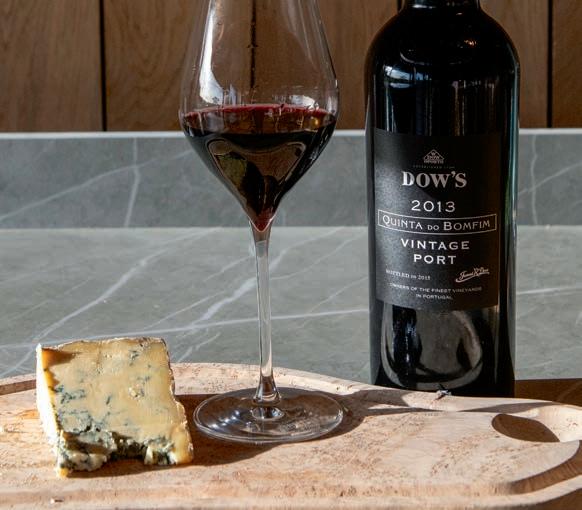
Mrs Bell’s Blue & Warre’s Otima Colheita 2013

Our first sheep’s milk blue proves challenging. Mrs Bell’s Blue, made in Yorkshire by Shepherd’s Purse, is a dense, gently spicy cheese on its own, but several of the ports bring out a funkier, more animal side. That is, until we land on Warre’s Otima Single Harvest Tawny, which is fresh and light with caramel notes and roasted almond notes. It’s a comfortable match that brings out something savoury in the cheese, encouraging you to go back for another bite and sip.

Colston Basse Stilton & Dow’s Quinta do Bomfim 2013
As the tasting session picks up steam, Bennett pours a whirl of Rubies, LBVs, and Vintage ports from as far back as 1994. But it’s a younger Vintage from Quinta do Bomfim that wins the day. Quinta ports come from a single estate and a single year, outside of official Vintage years, and they tend to mature a little earlier. The Bomfim has an intense black fruit flavour, but also herbaceous notes and a good backbone of acidity that fits neatly with the digestive biscuit sweetness and salty kick of Stilton.
HB: “Quinta ports are often more approachable sooner than declared Vintages. This is very fruit focused and just clicks with the cheese.”
PM: “The acidity of this wine cuts through, and soft black cherry and plum notes combine with the cheese to give a Black Forest Gateau experience.”


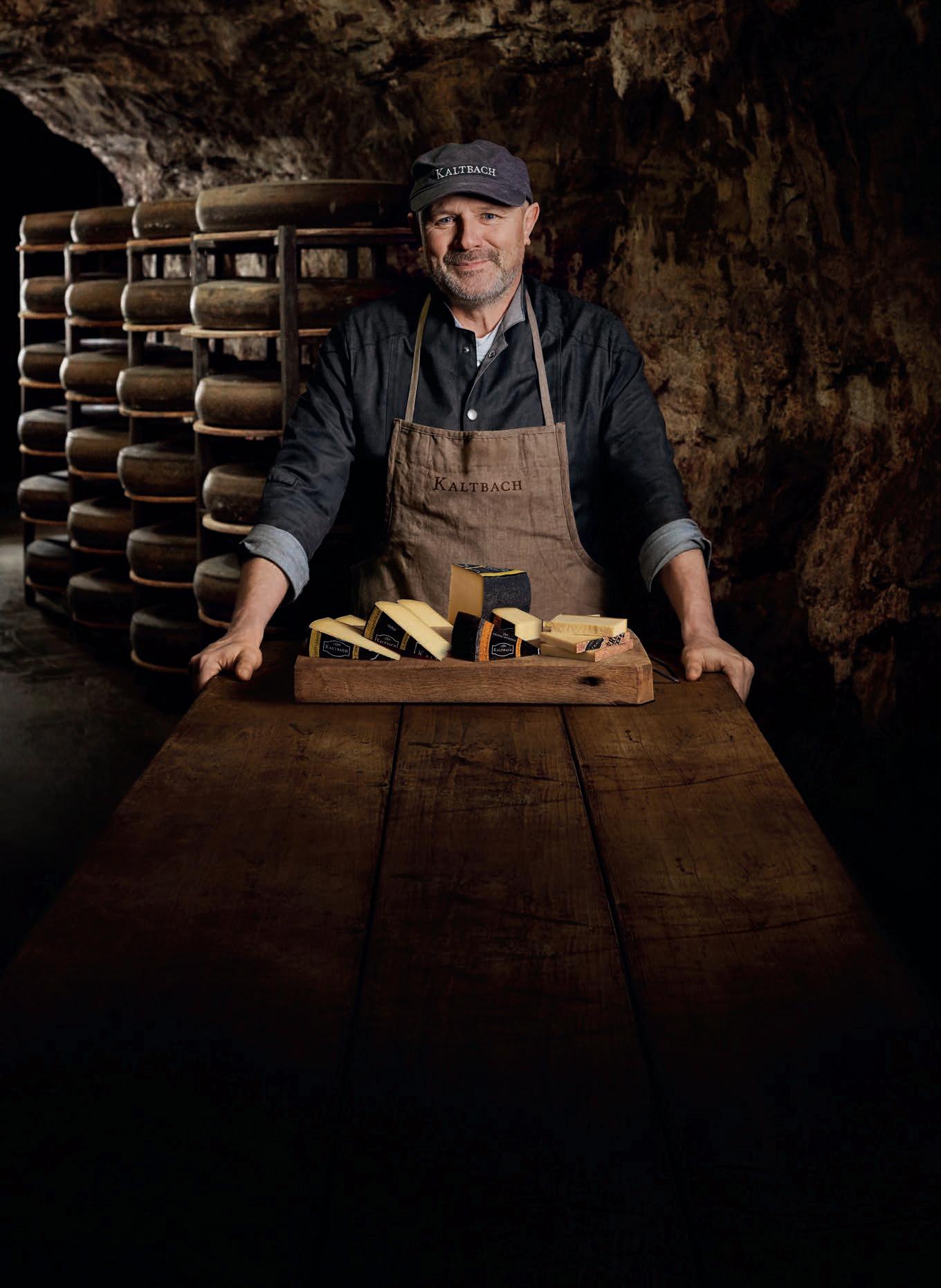

EXPERT CRAFTSMANSHIP: In our KALTBACH Cave, Cavemasters carefully refine each cheese, ensuring exceptional taste through skill and precision.
NATURAL PERFECTION: Aged in a 22-million-year-old Swiss sandstone cave, our cheeses benefit from a naturally stable climate, enhancing flavor without artificial control.
TRUSTED QUALITY: With 70+ years of expertise, KALTBACH is a globally recognized brand, delivering premium, refined cheeses that customers trust.
Blue Brain & Dow’s LBV 2020
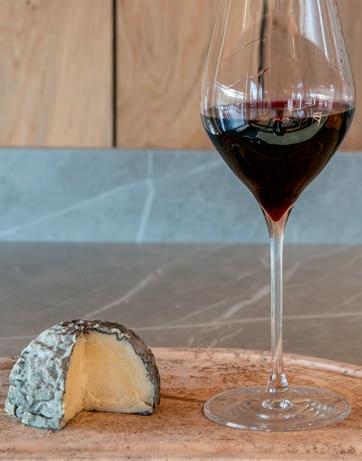
This dome-shaped Swiss cows’ milk cheese is coated in wrinkly moulds, and looks exactly like a small crenelated brain. The aroma is striking too, with farmy notes ranging from silage to soil. It’s surprisingly mild to eat, with a buttery interior and an ice cream texture. The soft power of Dow’s LBV is more than a match for the rind’s funky flavours, while also leaning into the creamy centre.
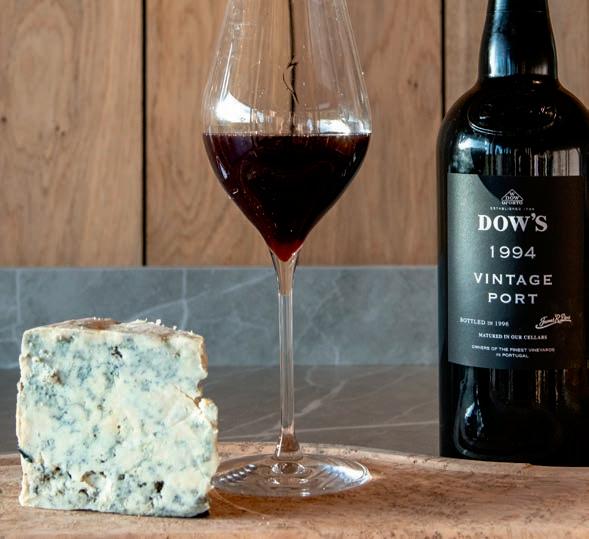
Roquefort & Graham’s Quinta dos Malvedos 2018
Our chunk of Roquefort made by Maison Carles in the South of France is powerfully sweet and salty with scented pear notes and a texture like buttercream. It needs something equally complex with which to spar. Enter Quinta dos Malvedos, which bursts with minty menthol notes that mingle nicely with the spicy French stalwart.

Cabrales & Dow’s Vintage port 1994
What were you doing in 1994? In the Douro, they were harvesting grapes destined to make a Vintage port that would meet its blue cheese match 31 years later. Pepe Bada Cabrales from Asturias in Spain is a beast of a cheese. Sharp, spicy and crumbly with an electrifying tang that numbs your tongue. Finding a port match wasn’t easy. The intensity of the cheese was too much for many. Any misstep in flavour seemed to tip the cheese into even wilder territories. The answer in the end was a stunning Dow’s Vintage Port from 1994.
HB: This is very tricky. The Cabrales’ iron and zinc notes neutralise a lot of ports, but this is both sweet and dry enough to stand up to it. Floral and mint notes complement the spice.”
results are… AND THE
As the sun sets on the vines outside, we survey the remains of the cheeseboard and half-sipped glasses of port, before deciding on the best matches of the day.
“It’s really fascinating how many different styles of port have worked with blue cheese,” says Bennett.
“Historically, Rubies and LBVs are matched with Stilton, but we’ve got a much wider range here. The Tawnies in
particular worked really well. They have such welcoming flavours of fruit, nuts and spice, I’d argue they’re one of the most adaptable cheese wines in the world.”
It’s no surprise then that a Tawny is our number one match. But what’s probably more interesting is it’s not with Stilton. The way the Graham’s Single Harvest Tawny elevated the Gorgonzola was very
pleasing. There’s clearly more to port pairing than Stilton.
Top 3 matches
• Gorgonzola Dolce with Graham’s Single Harvest Tawny 2011
• Colston Bassett Stilton with Dow’s Quinta do Bomfim 2013
• Harbourne Blue with Graham’s Blend No. 5 White Port & Tonic
PM: “I think we’ve managed to tame the cheese. It’s not perfect but it didn’t unbalance the Cabrales’ wild flavours. It’s a nervy pairing that just about stays on the tightrope.”


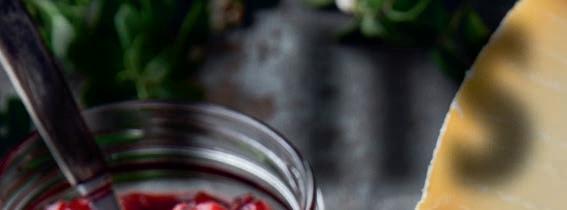


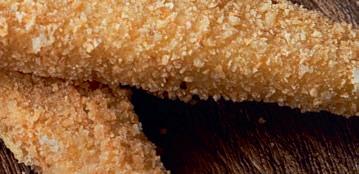
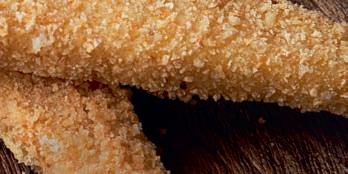
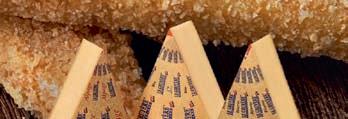
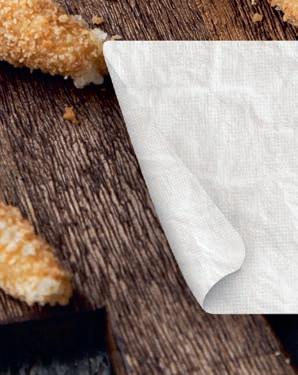
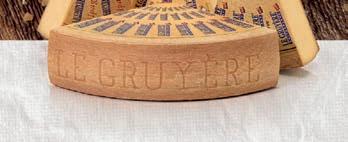



CON DENOMINACIÓN
CON DENOMINACIÓN DE ORIGEN PROTEGIDA (DOP) E INDICACIÓN GEOGRÁFICA PROTEGIDA (IGP)
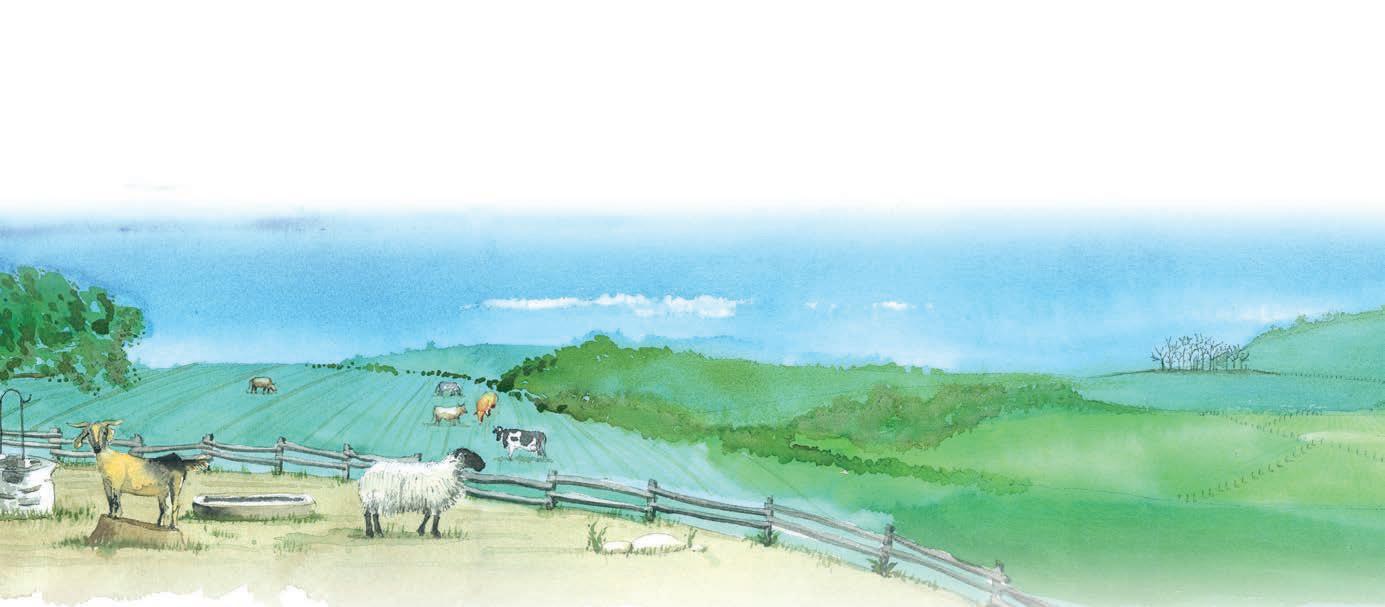














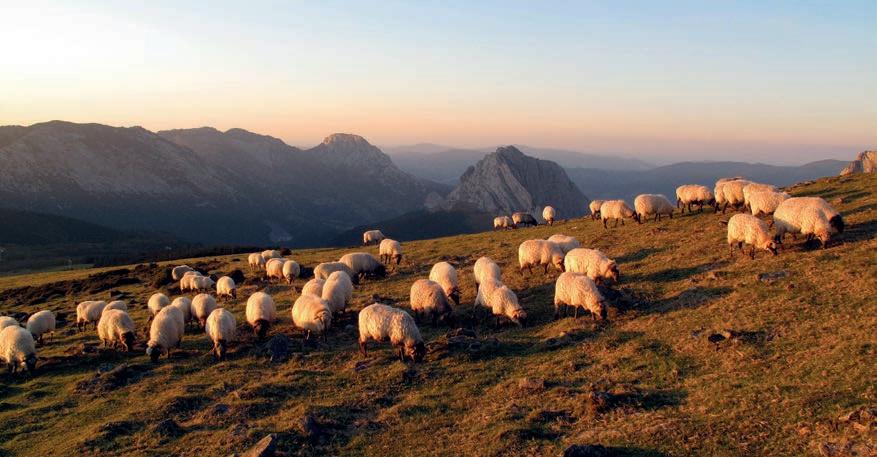












































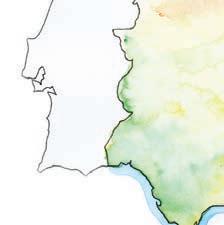





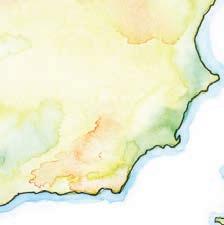





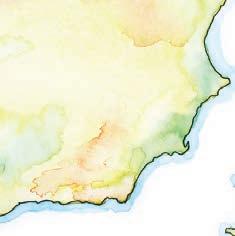


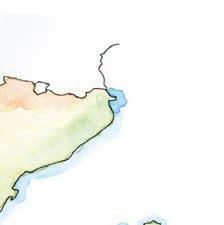





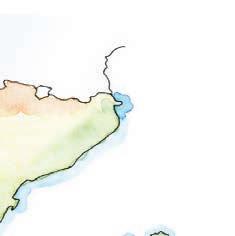























Afuega’l Pitu (DOP)
Queso Nata de Cantabria (DOP)
Queso de l’Alt
Garrotxa (IGP) Mahón-Menorca (DOP)
BALEARES
Queso Zamorano (DOP) CASTILLA Y LEÓN
del Casar (DOP)
de La Serena (DOP)
Queso Manchego (DOP)
CASTILLA-LA MANCHA Queso de Murcia (DOP) MURCIA
Queso de Murcia al Vino (DOP) MURCIA
San Simón da Costa (DOP)
Arzúa-Ulloa (DOP)
Queso Tetilla (DOP)
Cebreiro (DOP)
Queso de Valdeón (IGP)
(DOP)
Queso Palmero / Queso de La Palma (DOP)
Queso Majorero (DOP)
Queso de Flor de Guía / Queso de Media Flor de Guía / Queso de Guía (DOP)
Queso Acehúche (DOP)
Queso Castellano (IGP) CASTILLA Y LEÓN
Queso Nata de Cantabria (DOP)
(DOP) NAVARRA
Queso de l’Alt Urgell y la Cerdanya (DOP) CATALUÑA
Queso Garrotxa (IGP) CATALUÑA Mahón-Menorca (DOP) ISLAS BALEARES
Queso Zamorano (DOP) CASTILLA Y LEÓN
del Casar (DOP)
Ibores (DOP)
de La Serena (DOP)
Queso Manchego (DOP)
MANCHA Queso de Murcia (DOP) MURCIA
Queso de Murcia al Vino (DOP) MURCIA
San Simón da Costa (DOP) GALICIA Arzúa-Ulloa (DOP)
Queso Tetilla (DOP)
Cebreiro (DOP)
Queso de Valdeón (IGP)
Y LEÓN
Queso







Spain’s extraordinary variety of artisan cheeses reflects centuries of tradition, diverse landscapes and skilled makers crafting distinctive flavours from cow’s, ewe’s and goat’s milk across the country.
Visit Cheese from Spain

PARMIGIANO REGGIANO: TRADITION BECOMES INNOVATION
From the heart of the Reggio Emilia Apennines comes a product of the finest quality. At our mountain cheese dairies we follow the artisan method to offer a complete range in all its different ageing properties. In doing this, we always push ourselves one step further, seeking innovation in tradition, with a deep commitment to animal welfare, partnering with local farmers to promote healthier environments and more respectful farming practices.
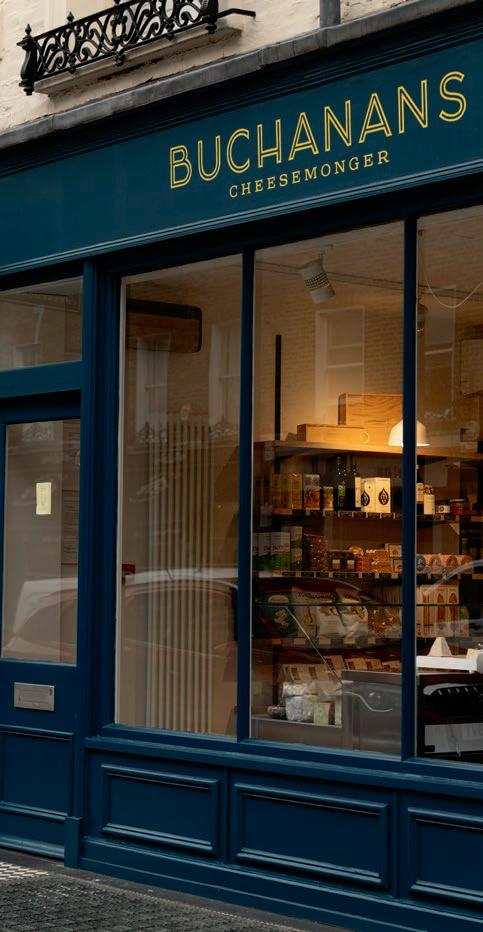
Moving IN HIS OWN way

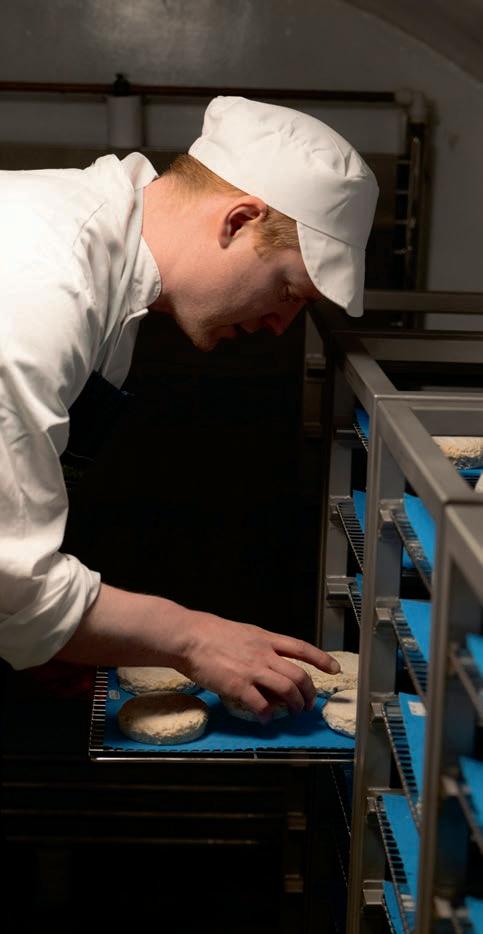
Rhuaridh Buchanan’s first professional experience with cheese came via fine dining. Some two decades later, he specialises in supplying high-end restaurants. That said, his career in cheese has been anything but traditional – and the latest evolution of his Central London business shows he is still just as commi ed to innovation as he is to quality.
By Claire Bullen
There is no single, common path into a career in cheese. Some are born into the industry; some come to cheese as apprentices; others find their way in only later, as lapsed chefs or academics, or artists.
But even considering these myriad routes, Rhuaridh Buchanan’s cheese journey has been an unconventional one.
Though he briefly pursued an ill-fated career in graphic design, Buchanan’s first love was restaurants. A er graduating from university, he landed a job at Restaurant Martin Wishart, which had received Edinburgh’s first Michelin star. There, he was put in charge of the cheese trolley. “I’d always liked cheese, but that sparked my interest,” he says.
Later, he worked aboard the Orient Express for a season, living and sleeping on the train. A er a brief stint at I.J. Mellis Cheesemonger in Edinburgh – and still convinced he would ultimately work in fine dining – he travelled to New York for an interview at Thomas Keller’s Per Se, then one of the most revered restaurants in the United States. He was hired, but had to return to the UK while he waited for his visa to be processed.
“I had three or four months to kill,” he says. “I had
done a lot of my wine qualifications while working in restaurants, but hadn’t really done anything much more with my cheese knowledge, so I wanted to add to it. So I took a job at Paxton & Whitfield on Jermyn Street.”
The job was never meant to last, but it ended up reorienting Buchanan’s life and career. “Actually, a er a few months, I really liked it there,” he says. “I thought, ‘Do you know what, I want to do this.’”
A er turning down Thomas Keller – “That’s funny, isn’t it? He was gu ed,” Buchanan jokes –he embarked on a year-long crash course in cheese. At the time, training bodies like the Academy of Cheese did not exist, so he and Paxton & Whitfield “bolted together what looked like an academic route” encompassing cheesemaking, courses on various moulds, and other areas of knowledge.
Once the training year was complete, Buchanan stepped up as the flagship shop’s general manager. He would stay at Paxton & Whitfield for eight years.
In 2014, he opened Buchanans Cheesemonger in a small retail space in Connaught Village, a shopping area sandwiched between Marylebone and Paddington. Aesthetically, it fit right in amongst its stylish neighbours, most of which were independent businesses. But in some ways, the location was an
unlikely choice.
A er all, Buchanans Cheesemonger was founded primarily as a wholesaler, whose goal was “supplying the best cheese to the best restaurants in London.” Retail was never meant to be a significant part of the business; for a while, its cheese counter was only open on Saturdays. A more spacious railway arch in some outlying industrial area might have seemed a more suitable location.
However, “It turns out the most cost-effective way to get 1,000 square feet of space in Central London was to take a well-priced retail unit,” Buchanan says. And affordability wasn’t the only advantage: Connaught Village was also within walking distance of many of London’s top restaurants.
“If I’d gone and popped myself in Surbiton, go see your customer and your whole day’s gone. Whereas I can walk into Mayfair in 15 minutes,” says Buchanan. “I can walk to Chelsea in 20 minutes. It was very intentional.”
It’s a sweet irony – or maybe just serendipity – that Buchanan’s decision to leave fine dining eventually
brought him right back to restaurants. “You know, our first invoice to our first customer was The Ledbury,” Buchanan says of the highly esteemed, Michelinstarred restaurant in No ing Hill. Soon, the business began working with other reputed restaurants, as well as high-end hotels and production kitchens.
Since then, “Our customer list has grown organically – you know, today’s sous chef is tomorrow’s head chef,” says Buchanan. “Normally, a new customer would come to us through a recommendation or a previous relationship, so there’s already something there to start with.”
Buchanans Cheesemonger maintains a conciergelike approach to working with its partners. It provides cheese for cheeseboards as well as for kitchen use. Buchanan says he o en recommends cheeses to chefs who have specific culinary applications in mind. The wholesaler additionally supplies fresh curds, whey bu er, cream, and even hard British cheeses that have been freshly grated for maximum convenience.
“Different businesses have different needs,” says Buchanan. “Some want to change their cheese every other week. Some want to change every quarter, and in fact it’s wri en on the menu, so it’s essential that they don’t run short.”
If this tailored approach to service is one cornerstone of the business, then another is quality. Buchanan limits his list to around 75 cheeses, which collectively represent a range of regions and styles (including standard-bearers such as Gruyère, Parmigiano, Brie de Meaux, and Comté, as well as a number of British cheeses). “It’s really fun finding the best version [of each],” he says. “We don’t sell anything from producers that we’ve not met. It all comes down

The most cost-
effective way to get 1,000 square feet of space in Central London was to take a wellpriced retail unit
to relationships.”
Buchanan likens this curatorial approach to shopping at an independent bookstore rather than on Amazon. “You probably could have paid a couple quid less, but you’re paying for their curation,” he says. “And I also thought it was important to have a smaller list because we could look a er the cheese be er. It was about it being on-point, in the best condition it could possibly be. And you can’t do that with 300 cheeses.”
Supplying cheese that is perfectly ready to eat when it arrives is a precise art. For a while, the Buchanans team worked around the limitations of their existing space to mature cheeses to their specifications. Eventually, a er “saving up all our pennies,” Buchanan says, the business underwent a significant expansion last year.
Today, only some of those changes are visible at street level. The business knocked into the adjacent retail space, which is now home to Buchanans Wine Room. The shop stocks roughly 150 wines, as well as cheese slates sourced from England’s last-remaining slate mine, wooden boards made from fallen plane trees, and other cheese-related products.
The most significant transformation, however, occurred underground. Since starting renovations in 2024, Buchanans Cheesemonger has dramatically expanded its maturation facilities. In addition to its preexisting hard-cheese room, kept humid and at 12°C, there are now several cave-like arches held at 10°C, ideal for washed-rind, lactic, and natural-rind goat cheeses. To li the surface moisture off those cheeses when they arrive, they first spend a day or two in an adjacent drying room. Add two walk-in chillers to the mix, and that makes seven dedicated, subterranean spaces for cheese maturation.
It’s extraordinary to think that below this small Central London shop hides such an extensive and complex apparatus – including a chilled water system that is a more sustainable cooling solution than refrigerant – and the six-strong team is down there tinkering with variables such as temperature, time, and moisture. But in many ways, the development marks a significant step forward for the business.
Even if its maturation capabilities have improved, however, the ethos of Buchanans Cheesemonger has remained unchanged since its founding more than a decade ago.
“We have one internal marker,” Buchanan says of the team’s approach to its products. “Is it delicious?” buchananscheesemonger.com


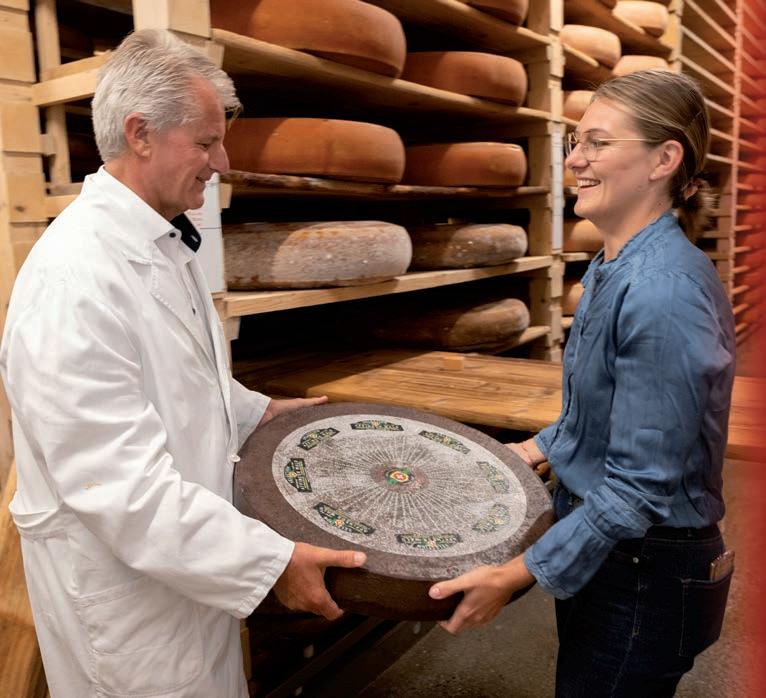
































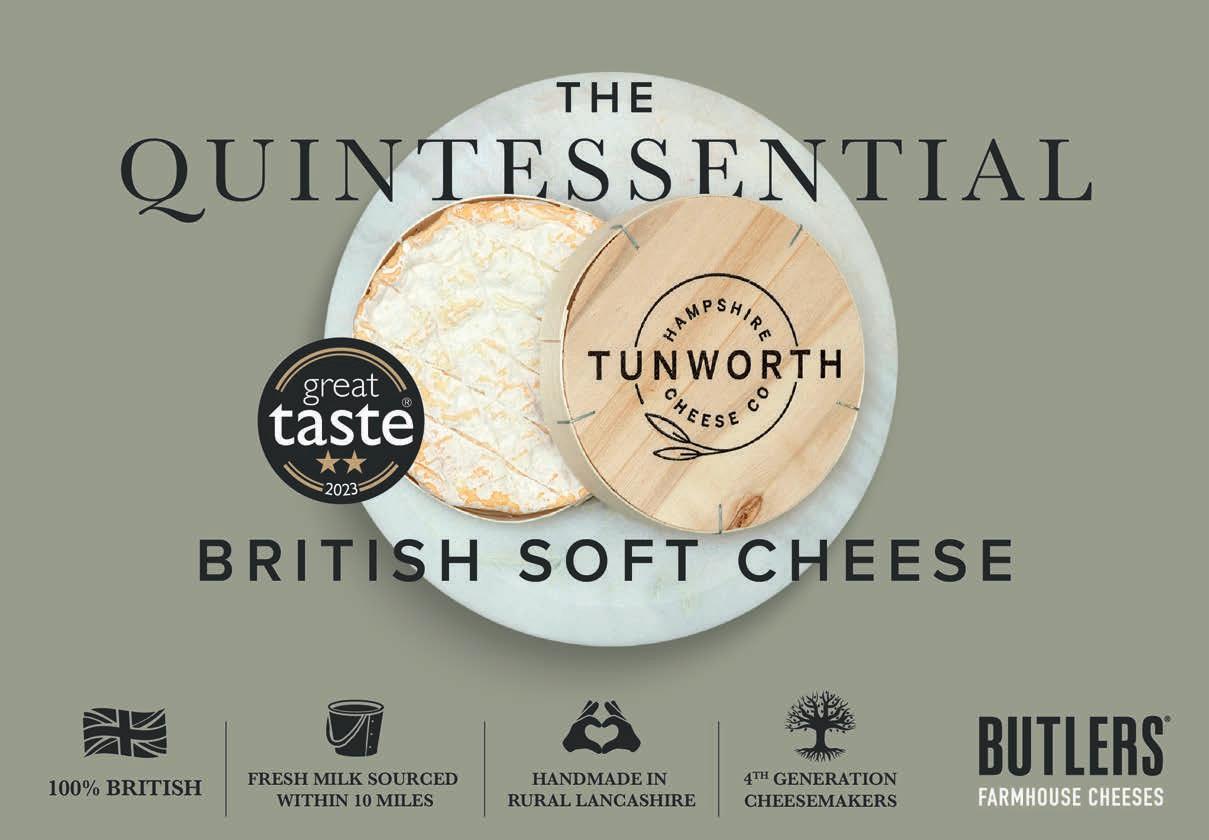
Fleuri
LET’S GET
cooking
While nothing could ever replace the joy of eating cheese in its own right, it’s not a sin to use it in the kitchen. Here are some culinary uses to get you thinking beyond the cheeseboard.
Oeufs coco e
By Matthew Ryle
When I was growing up, boiled eggs and soldiers was a repeat weekend breakfast. Now I’m a li le older and have to cook for myself, I’ve adopted this dish as my go-to instead. Not only is it more delicious, but there’s also no shell to contend with. These are easy, elegant and so quick to put together, yet still feel really special. This version has onions as a base, but chop and change that to your heart’s content. Serve it with toast or bague e slices fried in foaming bu er, and get ready for it to become your weekend treat, too.
I like to keep it simple with melting garlicky onions and so cheese. But let your imagination run wild… bacon, mushrooms or spinach are obvious additions, but try seasonal vegetables, too. Green asparagus in spring and pumpkin in winter are both delightful. If you eat this as o en as I do, it’s a good idea to double or quadruple the onion base, as we do here: it’s a great batch cook which holds well in the freezer.
Serves: 1
* You will need a heatproof ramekin
Ingredients:
For the onion base (enough for 4 servings)
50g butter
2 onions, finely sliced
2 garlic cloves, finely sliced 100ml white wine
Sea salt flakes and fresh-cracked black pepper
For the baked eggs
10g butter
1 large spoon Onion Base (see above)
2 eggs
30g (2 tbsp) Boursin cheese
25ml (11/2 tbsp) double cream
A few chives, chopped
Method:
1. Melt the butter for the onion base in a sauté pan and cook the onions and garlic over a medium-low heat until they’re very soft, but without colour.
2. Add the wine and cook until completely reduced. When there is no wine left, check the seasoning and set aside.
3. Preheat the oven to 160°C fan. Place a small roasting tin inside.
4. Rub a ramekin generously with the butter, then add a portion (one-quarter) of your onion base. Crack the eggs straight into the ramekin on top of the onion.
5. Add the cheese in small chunks, then pour the cream over. Cover. (If you do not have a lid, use a piece of foil.)
6. To make sure your eggs obtain the desired wobbly-set custard texture, they need to be cooked in a bain marie. Place the covered ramekin in the roasting tin in the oven and pour boiling water into the tin to come halfway up the sides of the egg dish. Bake for 10–14 minutes.
7. When the eggs are cooked, the whites will be completely opaque. Give the yolks a gentle poke; they should be soft to the touch and the overall dish should have a
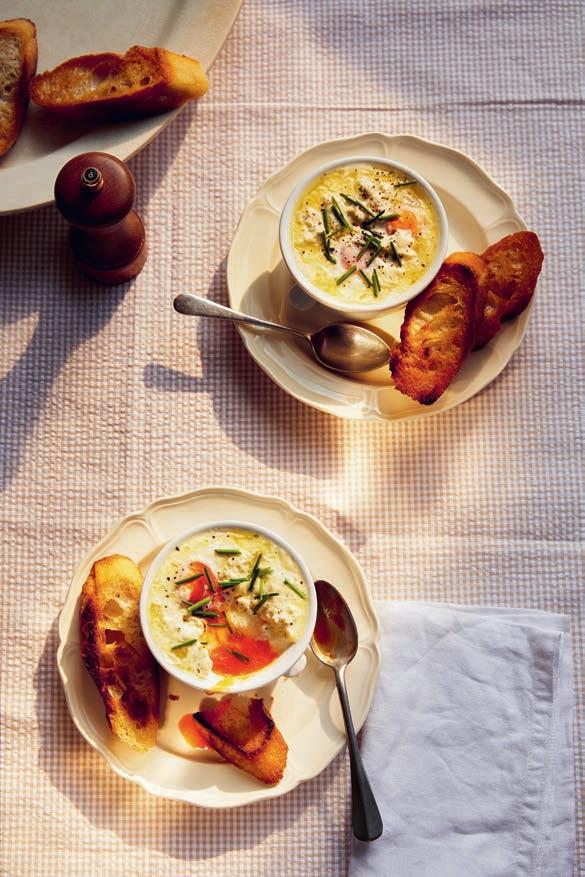
satisfying wobble to it when shaken. Finish with salt flakes, cracked black pepper and chopped chives. Serve with toasted sourdough soldiers if you want to keep things healthy, but I’d recommend the butter-fried baguette route every time.

Extract taken from French Classics by Ma hew Ryle (Bloomsbury, £26 Hardback) Photography © Patricia Niven
Many of you may have enjoyed blue cheese in a broccoli and Stilton soup. It pairs wonderfully with squash, too – this is a real favourite of mine. Everyone who has tasted it says how much they like the combination of flavours.
Serves: 4-6
Ingredients:
1 onion, cut into wedges
500g (1lb 2oz) butternut or other type of squash, peeled and cut into 2cm (¾in) chunks
1 tablespoon olive oil
600ml (20fl oz) hot vegetable stock
100g (3½oz) blue cheese, such as Stilton, crumbled , plus extra to serve
Salt and freshly ground pepper
Method:
1. Preheat the oven to 180°C/160°C fan (350°F), Gas Mark 4. Put the onion and squash into
Jersey curd tart
a large ovenproof dish, drizzle with olive oil and season with salt and pepper. Roast for around 40 minutes until tender and lightly browned. Turn the vegetables after about 20 minutes to ensure they cook evenly.
2. Transfer the roasted vegetables to a large saucepan, pour in the stock and add the cheese. Bring to a simmer over a medium heat and cook for around 10 minutes.
3. Blend until smooth. Check the seasoning, then serve scattered with extra Stilton.
4. This soup will keep for up to 5 days in the fridge and reheats nicely. It will also freeze very well.

‘The Soup Solution’ by Charlo e Pike, RRP £20.00, Published by Hamlyn. Photography by Danielle Wood
Ingredients:
By Mathew Carver & Patrick McGuigan
Yorkshire curd tart is steeped in British dairy history. It was traditionally made by Yorkshire cheesemakers at the end of the day as a way to use up any le over curds. The modern version of the recipe requires curd cheese, which is a li le like cream cheese, but with a lower fat content and a lactic tang. It’s not the easiest ingredient to get hold of, but not impossible. We buy Jersey curd cheese from The Old Cheese Room in Wiltshire, which you can purchase online. There’s also a Polish cheese, called Twaróg, which isn’t made with Jersey milk, but is a good alternative and quite widely available in supermarkets. You can also make your own. There are online recipes for curd cheese, which are simple to make. They involve curdling whole milk with lemon juice and draining the whey in a cheesecloth.
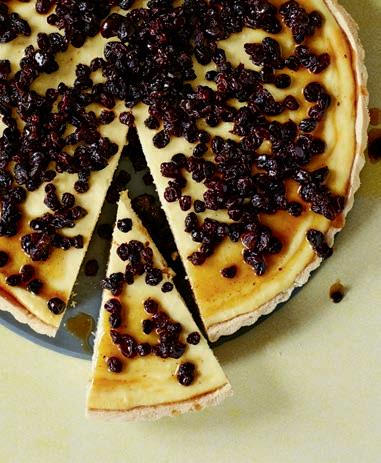
Roasted bu ernut squash & blue cheese soup
By Charlotte Pike
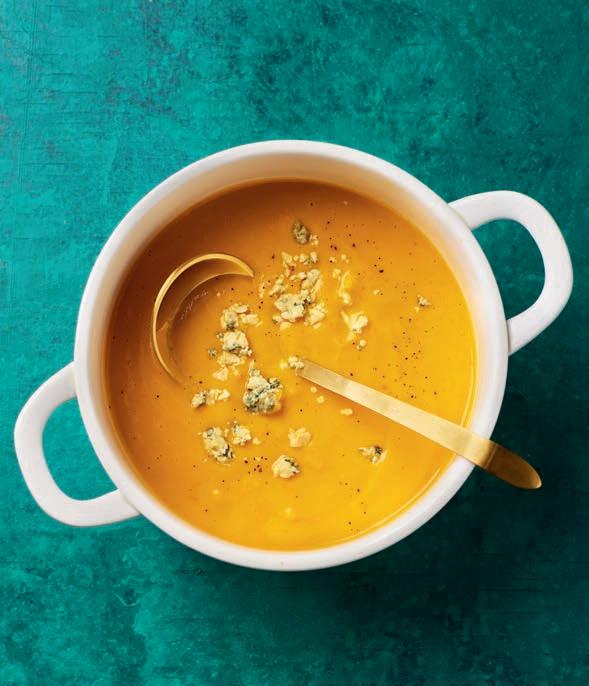
For the boozy currants
150g caster sugar
150ml water
1 Earl Grey tea bag zest of 1 lemon
200g currants
30ml cider brandy or Calvados
For the tart case flour for dusting
250g shortcrust pastry block
For the filling
750g Jersey curd cheese
160g icing sugar
3 large egg yolks
3 large eggs
60ml cider brandy or Calvados
Method:
To make the boozy currants
1. Combine the sugar, water, tea bag and half the lemon zest in a small saucepan and boil over a medium heat until the sugar dissolves, about 3-4 minutes.
2. Remove from the heat and add the currants, the other half of the lemon zest and the cider brandy. Stir well. Allow to steep overnight in the fridge. These will keep in an airtight container in the fridge for 1 week. Remove the currants from the marinade before serving.
To make the tart case
1. Roll out the pastry on a floured work surface so that there is a sufficient overhang for lining the tin. Lay the pastry into the tin and make sure you press it into the grooves on the side
2. Prick the bottom of the pastry with a fork, then line with nonstick baking paper and baking beans.
3. Bake in the oven for 20 minutes, then remove the baking beans and cook for another 15 minutes until golden.
4. Remove from the oven, and trim the edges of the pastry with a knife so the sides are level with the tray.
To make the filling
1. Turn the oven down to 160°C (325°F), Gas Mark 3.
2. Put the curd cheese and icing sugar in a blender and blend until smooth, or put them in a bowl and beat with a whisk.
3. Add the egg yolks, whole eggs and cider brandy to the curd mixture and blend or beat again until smooth.
4. Place the baked tart case on a sturdy oven tray, pour in the Jersey curd mixture and bake for 25–30 minutes; the tart should have a slight wobble when cooked.
5. Remove from the oven, place on a cooling rack, and leave to completely cool before serving with the boozy currants scattered on the top.

‘The Cheese Life’, wri en by
and Patrick McGuigan, published by Kyle Books. RRP £25 incl. P&P. Photograph by Lizzie Mayson. thecheeselifebook.com
Mathew Carver

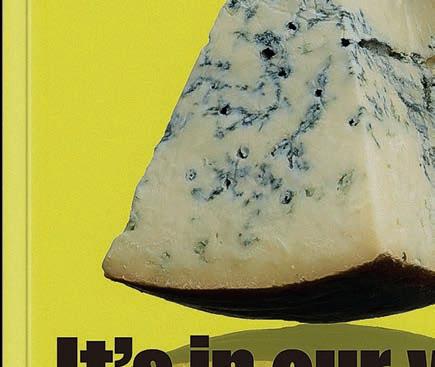


Find out more about becoming a stockist or featuring your brand in Wedge - a magazine about cheese. wedge-mag.com | @wedge_mag | wedge@gff.co.uk
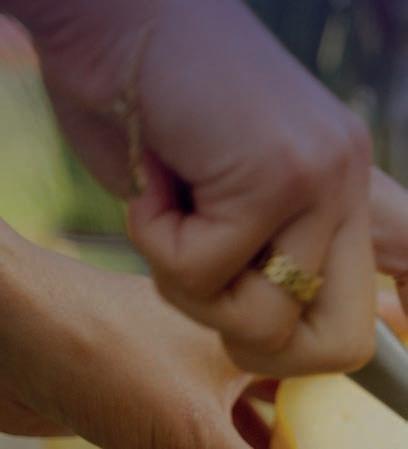

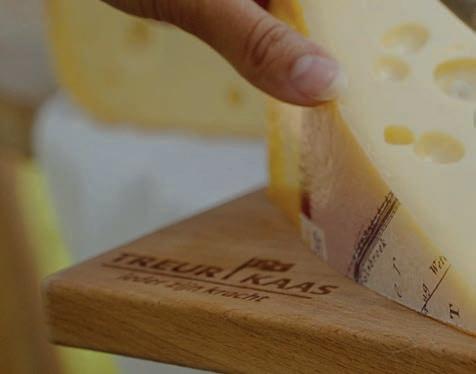


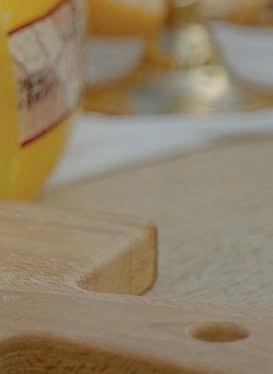






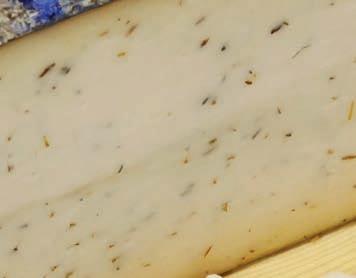
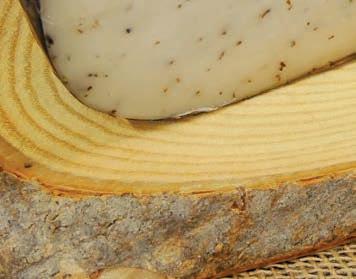

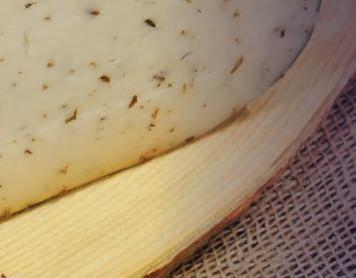
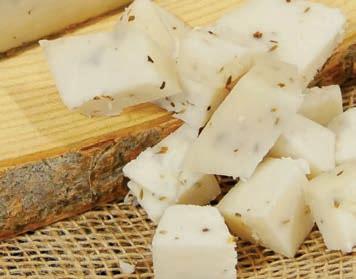

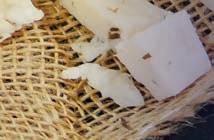




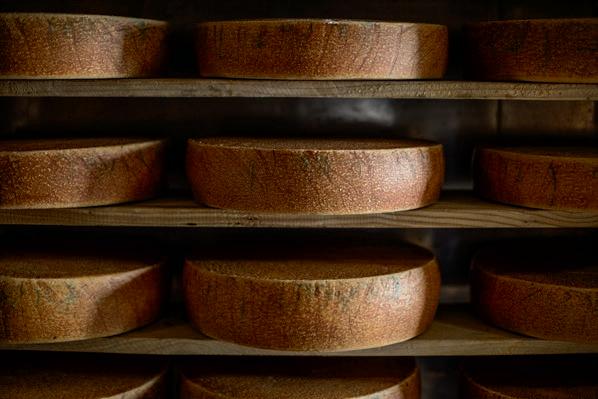


Rainbow Nation Maturation OF THE
A small and determined group of artisanal producers is driving evolution in South Africa and, though the country may be in its infancy as a cheesemaking force, it is growing up fast.
By Tina Nielsen
South Africa
South Africa may not yet be on the radar of many cheese enthusiasts around the world, but the country is quietly making waves – producing distinctive, worldclass cheeses.
At the 2024 World Cheese Awards, producers from the country collected 13 awards, rewarding a number of dairies that have driven the country’s noticeable cheese evolution over the past three decades.
Behind the accolades is a network of cheesemakers with a passion for the product. From small goats’ and cows’ milk farms in the Western Cape to innovative Highveld dairies, makers are creating a sense of identity and unique flavour profiles combining terroir with traditional techniques.
A well-stocked South African supermarket today offers an impressive range of cheeses: fresh and so styles, semi-so to extra-hard wheels; washed rinds, blues, and even bloomy cheeses.
In the space of a few decades, South Africa has gone from being a land of cheese as a commodity – mass-produced gouda and cheddar ruled until artisanal cheesemakers emerged in the mid-90s –to one of a dynamic cheese culture.
“25 years ago, South African cheese was nowhere,” recalls Suzy O’Reagan, product development manager for the upmarket supermarket chain Woolworths. “It was very heavily focused on gouda and cheddar. Brie was on nobody’s radar, certainly not blue cheese. Maybe a li le bit of goats’ milk and cheese. Feta was popular to add to salads but there wasn’t much halloumi around.”
The first cheese in South Africa, a farmer’s cheese named Boerenkaas, later renamed as Gouda, was made in the early 18th century by Dutch se lers in the colonized Cape of Good Hope. Unsurprisingly, cheddar was brought by British se lers at the start of the 19th century in the Western and Eastern Cape provinces. The two would dominate the cheese market for another century, a panorama that only started to shi in the mid-1990s.

We are seeing more varieties and the producers are starting to know cheese much be er
growth in pizza consumption it is now 33% gouda, 40% cheddar and 27% Low-Moisture Part-Skim (LMPS) mozzarella.”
Today, cheese production in South Africa can be grouped into three categories: industrial factories that focus on the predominant styles; specialty cheese plants that concentrate on surfaceripened cream cheeses, semi-hard and hard types; and finally, the artisanal cheesemakers that focus on cows’ and goats’ milk varieties, such as roule de chevre and semi-so , ash-coated varieties.
Among the more industrial producers, Lactalis in the Western Cape stands out. “It produces the best cheddar, gouda and mozzarella,” says Mulder. “It is a well-equipped plant with qualified cheesemakers and consistent quality cheese is the hallmark of this company.” Other large manufacturers are Clover, Lancewood, Woodlands Dairy and Sundale.
“South Africa is very aware that it and its consumers are a few centuries behind countries such as France, Germany and Switzerland,” says Kobus Mulder, an international cheese judge, author, and former cheesemaker who has taught the profession for many years and has had a front row view of the evolution of cheese in the country.
According to Slow Food Cape Town, annual cheese consumption was 1.9kg per person in 2024 in South Africa, up from 1kg in 1995. Though that represents significant growth, it is still some way behind other more traditional cheese countries, such as France, where the average person consumes 27.4kg per year, according to Statista data.
The gap is vast on the production side too: France produces 1.9 million tonnes each year, according to Eurostat, a quantity that dwarfs South Africa’s output.
Accurate data is not easily accessible, but it is possible to make an educated estimate, says Mulder. “My latest calculation is that the market totals at 110-112,000 tonnes, of which 5,000 is artisanal, 20,000 specialty and around 85,000 industrial cheese,” he says. “Historically, gouda and cheddar dominated industrial cheese, but the
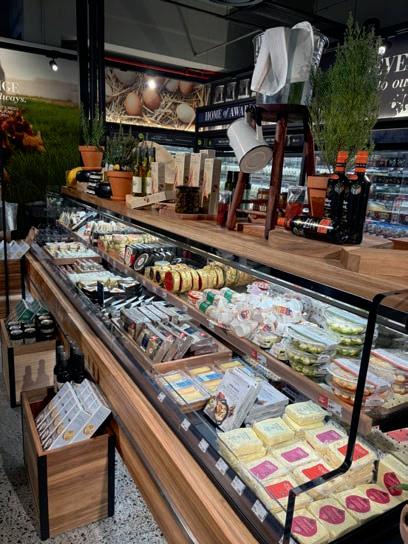
Over the years, prominent specialty and artisan cheese producers have sprung up. Fairview in the Western Cape was one of the pioneers, se ing up in 1980 when founder Cyril Back, then a well-known winemaker, returned from a holiday in France inspired to start making goats’ cheese. Many others have followed this path, making award-winning cheeses that are catching the imagination of the world.
One of them is Rina Belcher – who, according to Mulder, is “the doyenne of goat’s cheese”. In 2003, she and her husband Norman began their own cheesemaking journey in the kitchen of their home in Bapsfontein. Belnori Boutique Cheesery went on to win many awards, and bringing people on board along the way was part of the journey. “When we first started selling goat’s cheese, it had a wicked reputation, and people just didn’t want to taste it,” she says.
At the time of this evolution, South Africans were shocked at the move away from pasteurised cows’ milk to goats’ milk, recalls Mulder, “but soon
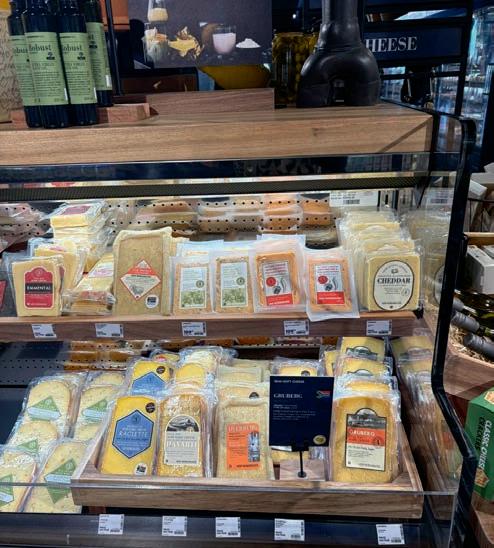
brave chefs and consumers fell in love with that kind of cheese, and today a good 10% of artisanal cheese is made from goats’ milk.”
A new culture
The end of apartheid and the rebirth of South Africa in 1994 helped to bring change and a different culture. The population started travelling abroad, which exposed them to a wider selection in different countries. Local chefs would travel to work in top restaurants abroad and see the value of good cheese in a more sophisticated way. They learned about the flavour and texture contributions specific cheeses could make to a dish.
Breyton Milford, general manager of Agri Expo, a professional promotion and marketing organisation for the agriculture sector and the creator of the South African Dairy Championships, has tasted more of the cheese products than most, and he notes impressive progress. “We are seeing more varieties and the producers out there are starting to know cheese much be er,” he says. “Now they know what a good brie is, they know what a good camembert is, and this first of all because they are exposed to more cheeses.”
With a focus on innovation, cheesemakers such as Rob Visser, the CEO and owner of Dalewood Fromage, have created a scene based on quality, traceability and wellness. Dalewood sets itself
There are massively hidden talents in our cheese landscape

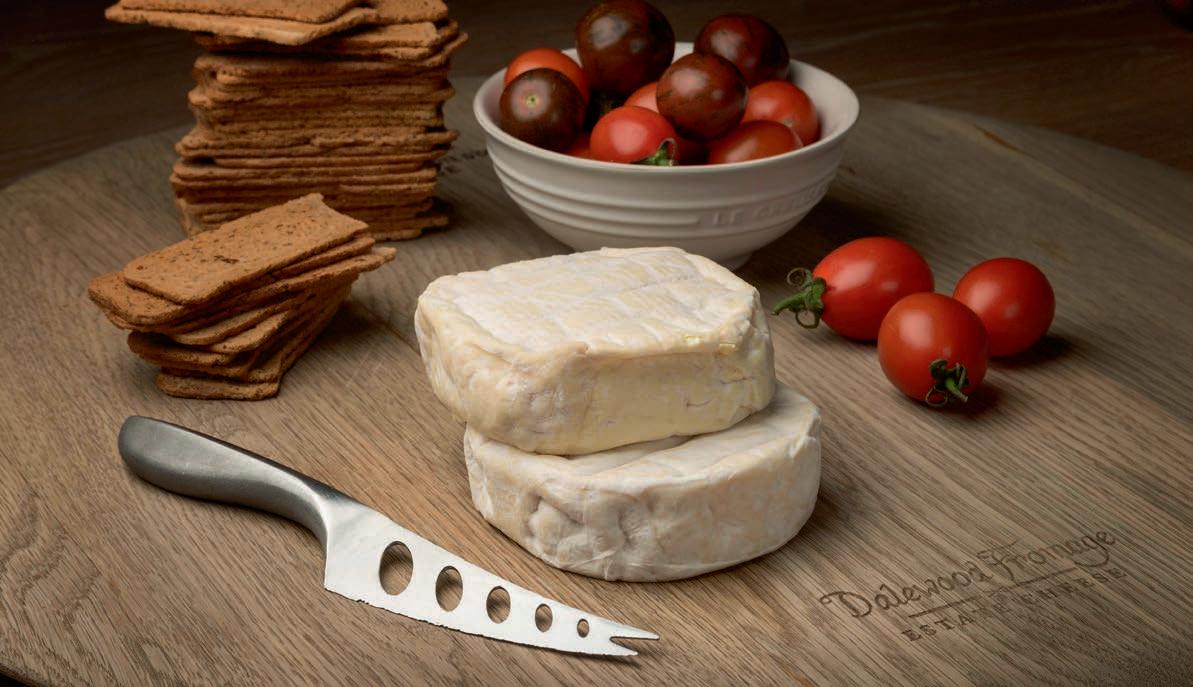



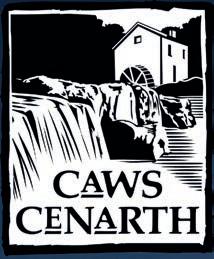


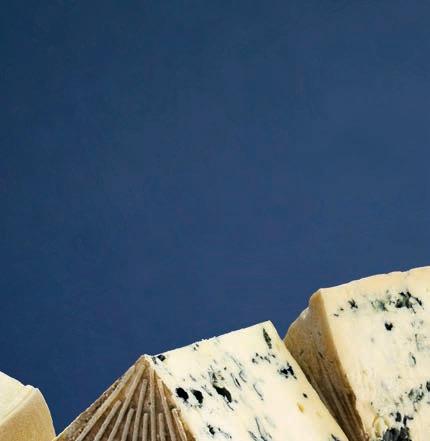
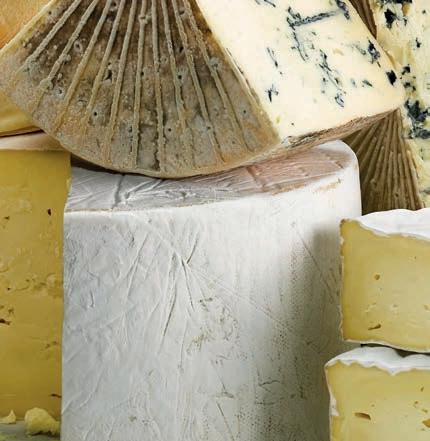











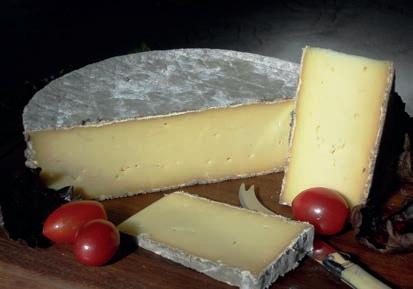
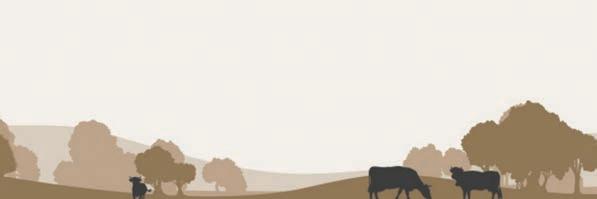
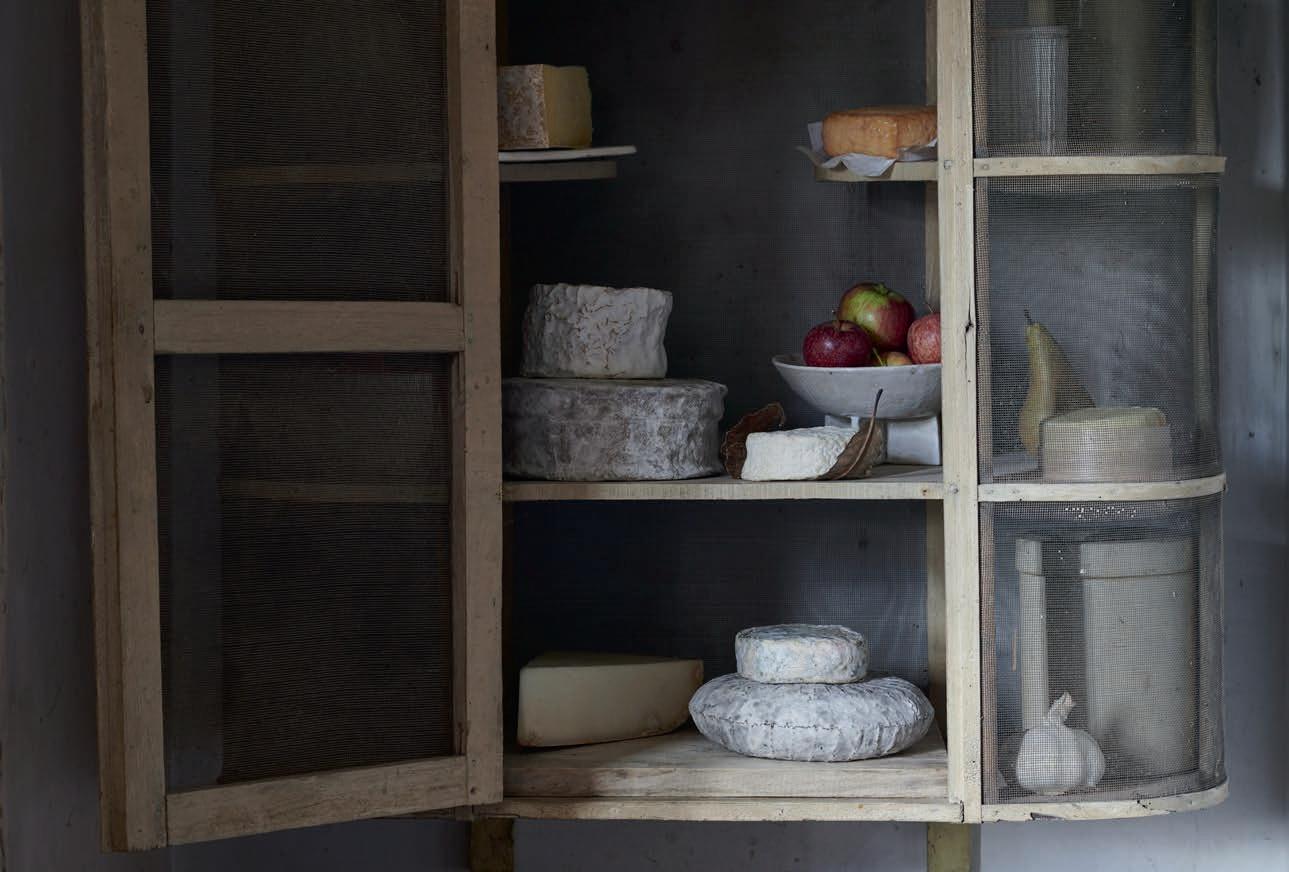
apart with a deep commitment to sustainability and is one of few artisanal producers that make with their own milk. “We are driven by kindness to animals, cows on grass pastures, grass production of multiple plant species that regenerates carbon in the earth, and traceability – we are a closed herd and do not buy in milk – to achieve an authentic product that is delicious,” he explains.
The lack of a cheese tradition has given the new players freedom to create, something that Belcher has enjoyed at Belnori. “Most of us actually develop our own thing. The lack of a deep-rooted tradition for cheesemaking has given makers the room to play and be different,” she says. “I love doing what I fancy. My philosophy has always been, ‘if you can’t be rich, you have to be different’. I’m not rich, I’m a cheesemaker. So if you can come up with something new, you can be different.”
The lack of a formal education and training programme is among the challenges facing the industry. “The cheesemakers don’t always have the knowledge; they haven’t studied cheese making or food science, and that’s a big issue in South Africa,” says Milford. “We have a thriving wine industry, and you can only become a winemaker through studying at two universities, Stellenbosch and Elsenberg. To learn about cheesemaking, you’d have to do food science, and then wriggle your way into the cheese business.”
That said, there are plenty of undiscovered stars. “We have some really talented cra smen – and women – who make amazing products. There are massively hidden talents in our cheese landscape,” says David Cuff, dairy category manager at Woolworths.
A unique identity
While terroir is starting to shape the unique identities of cheeses, Milford says the location of the cheese-making facilities is o en down to more practical considerations. “A lot of the primary production has moved towards the coasts because it’s much more profitable to milk cows in the Western Cape, Eastern Cape, and KwaZulu-Natal because these are just nearer to the markets,” explains Milford. “That’s why you will see that most big dairies are also near the coastal regions.”
That said, a sense of regionality is emerging, and just as people know Stellenbosch for wine, there are varieties of cheese determined by where
When we first started selling goat’s cheese, it had a wicked reputation, people didn’t want to taste it
they are made. “There is an opportunity to bring regionality to cheese,” says Cuff.
The Western Cape, with its lush pastures, Mediterranean climate and proximity to food markets in Cape Town and Stellenbosch, is the heartland of artisanal and wine country cheeses; this is where you’ll find pioneers Fairview, Dalewood Fromage and Klein River.
The Eastern Cape supports a quieter but growing movement of producers, while the highlands in the KwaZulu-Natal Midlands are home to more traditional cheddars. Across the Free State, meanwhile, a growing number of small dairies are producing farmhouse cheeses. Further north, near Bapsfontein in Gauteng, Belnori has become a benchmark for goats’ and mixed milk cheese.
In the early 2000s, the South Africa Cheese Festival launched, showcasing and demonstrating how to consume cheese, with a view to educate the local consumer about the new artisanal cheeses that were now available. “The first festival was a ended by 6,000 people, but by the third year, visitor numbers hit 36,000,” recalls Mulder. They came to try between 150 and 200 different cheeses and chat with the cheesemakers. “They could a end lectures and cooking demonstrations. It played a major part in educating consumers about cheese flavours, textures and uses.”
Consumers appear to remain addicted to the semi-hard and hard cheeses, says Mulder, but fresh and so cheeses are gaining traction. “The full nu y flavour remains king for the moment, but chefs and consumers are starting to value and enjoy the milder pure flavour of the fresh cheeses,” he says.
That is evident in the supermarkets too. “In our customer mix, we have some very discerning cheese eaters,” says O’Reagan. “There would be European heritage, and these customers understand good cheese.”
When considering current trends in the market, Belcher looks to the customers, not the makers. “I don’t think there is one trend to describe the South African market, but if there is one I think it is that the public is more open to experimenting with different tastes,” she says.
Cheddar and gouda are not about to disappear from shoppers’ baskets, however – far from it. “These will continue to be used as sandwich fillers and ingredients. Chefs will use more specialty cheese to lend flavour and texture to dishes,” says Mulder. “Cheese consumption has grown 3-4% year on year for the last two decades and indications are that this trend will carry on as more innovation happens.”
On the global scale, South Africa is very much a cheese-producing – and consuming country in the ascent. “I have such an immense sense of pride when I go to the World Cheese Awards. When I look at what cheeses were entered and which ones won, I am always immensely proud. We tend to win about 15 awards out of 4,000 entries worldwide. I think that is very good,” says O’Reagan.
“I think of an Overberg made by Klein River, or their oak-smoked Stanford, when they are being put up against cheeses from Europe that have been made for centuries – and they win awards. I just think, ‘Well done, guys’. That’s a huge accomplishment.”
Fivewatch TO South Africa
Fairview Cheese Company
A genuine pioneer in artisanal cheeses, since Cyril Back started out producing goat’s cheese in 1980. Now with this son Charles at the helm, the Western Cape producer makes a vast range including white and blue mould, feta and cream cheese as well as their own style white and blue rock cheeses. Innovative and very successful: it won five awards in the 2024 World Cheese Awards.
Belnori Boutique Cheesery
A reference points in South Africa’s goat cheese universe. Co-owner Rina Belcher says it is so small it is almost a micro cheesery. Having started out selling direct at farmer’s markets, today Belnori mainly distributes to restaurants and hotels.
The first Tanglewood Gouda was followed by an award-winning stream of their semi-hard and hard cheeses reflect the time they lived in Zambia, Uganda and Zimbabwe with names such as Serengeti, Kilimanjaro and Kilembe.
Klein River
According to Woolworths’ Suzy O’Reagan, Klein River “produces the most extraordinary range of hard and semihard cheeses”, owed to their exceptional quality and consistency. Based outside the small town of Stanford near Hermanus, it produces a range of semi-hard and hard international favourites. Brushed rind Gruberg is a favourite along with Danbo, Havarti, Leyden, raclette and Smoked Stanford, all for sale in the new retail unit opened in the summer of 2025.
Dalewood Fromage
Also in the Western Cape, along with Fairview, it is considered one of South Africa’s most celebrated artisanal cheese producers, making cheese based on a European style. A very small set-up, they work with a single herd jersey, are focused on regenerative farming methods. Grounded in agriculture and sustainability and a real artisanal spirit, they have consistently produced award-winning cheeses, including the flagship Huguenot which has earned multiple Super Gold awards at the World Cheese Awards.
De Pekalaar Boerenkaas
A diamond in the rough on the Eastern Cape, according to Woolworth’s David Cuff, this is a small cheesery with roots in The Netherlands – the founders relocated from Europe to South Africa in 1999. They are celebrated for their multi-award-winning range of cheeses, including the signature farm style Gouda, which is praised for its consistent and excellent quality.



TRAINING
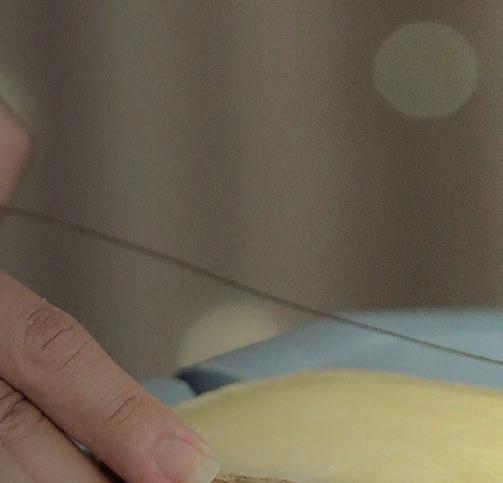
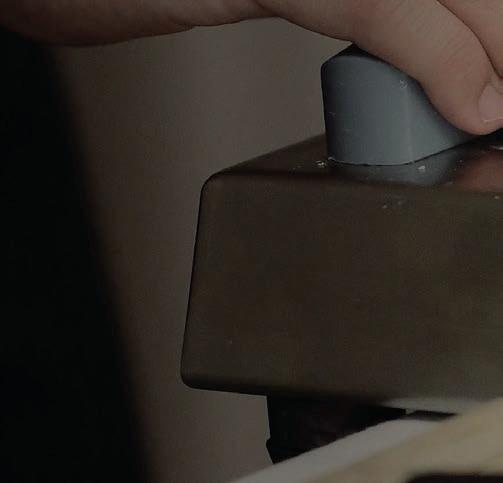
Our one-day course for anyone sourcing or selling cheese, delivered by industry and retail experts. Understand how cheese is made, how it should be stored and sold, gain skills to help communicate with customers and sell more cheese from a position of knowledge.
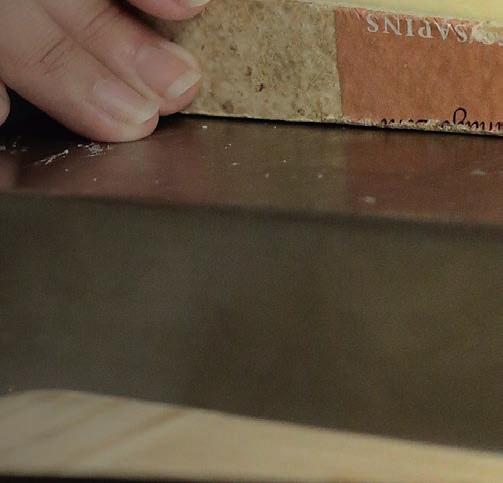








• Chilled & Frozen Groupage Distribution
• European Groupage Distribution
• Retail, Food Service and Manufacturing Sectors
• Multi-Temperature Warehousing
• Storage & Order Picking
• Confectionery Storage
• Blast Freezing & Tempering
• Customs Agency
• Customs Warehousing



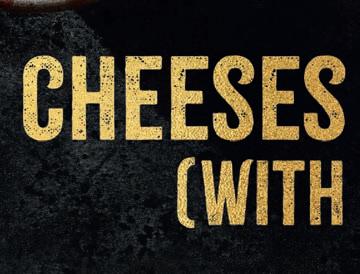


Clawson Farms deliciously characterful cheeses are a flavour packed range of six truckles each made from premium ingredients and represented by a unique personality. They are available to order now.

STAYING world champion
humble
Portuguese producer Quinta do Pomar was lauded a er its big win at last year’s World Cheese Awards, but co-owner Sonia Marroyo says it’s “business as usual” for her and the team, as they continue to focus on cra ing and perfecting their cheeses.
By Tina Nielsen
It’s not o en that the limelight falls on the southern slopes of the Serra da Gardunha mountain range in central Portugal. But last year, a small dairy – Queijeira Joaquim Duarte Alves Quinta do Pomar – in this tranquil part of the world was being sought by every cheese enthusiast across the globe.
A er quietly going about producing artisanal cheese for years, Sonia Marroyo and her husband Nuno Duarte were suddenly posing for photos and collecting a trophy when their Queijo de Ovelha Amanteigado was named the World Champion Cheese – effectively the best in the world – at the 2024 World Cheese Awards, which took place just an hour down the road from them in the city of Viseu.
The so , spoonable cheese is made with 100% raw sheep’s milk and vegetarian thistle rennet (also known as cardoon). Though factors such as humidity and temperature are very important, the key ingredient here is patience, according to its maker – this is a genuine labour of love.
Excellent raw material from local producers and a rigorous artisanal process ensure a product of the highest quality. Described as “gooey and bu ery” and with a lovely herbal bi erness, the cheese was labelled “an icon, like our Eiffel Tower”, by judge and Portuguese exporter Manuel Maia.
Marroyo herself describes the winner as
creamy and mild in flavour. “It is not very strong on the palate because it is made simply with the cardoon and the sheep’s milk. There are no other ingredients,” she says. “It is made naturally, giving it time. The longer you leave it, the sweeter it gets. It takes around three months to produce; you can’t rush it.”
At the 2024 World Cheese Awards, the cheese also won awards for Best Portuguese Cheese, Best Raw Milk Cheese and Best Female Cheesemaker in 2024.
Unable to a end the judging and cheese exhibition that took place in Viseu, Marroyo was at home going about her business when she received the call telling her that her cheese had one the biggest prize of them all.
“They spoke to me in English and at first I

thought somebody was pulling my leg,” she recalls. But it must have felt quite real when she appeared by video link just a er the final Super Jury judging session at the awards. She and her husband did in fact, make the trip to the nearby city the next day to collect the trophy.
Roots and recognition
The family-run cheesery was founded in 1983 by Nuno’s father, Joaquim Duarte Alves, and his wife Maria José Lucas, on their return to Portugal, having migrated to France some 10 years prior. Joaquim had learned lots of skills from his own parents, who had specialised in curing cheeses.
“When they returned to Portugal, they constructed a new building by the house and continued doing the same job, maturing cheeses. They went on to have two children – Nuno and his sister,” explains Marroyo.
They decided to start producing their own cheeses about 30 years ago, buying milk from a few sheep farmers rather than raising their own animals. Nuno was finishing his studies at this time, and he took charge of collecting the milk himself.
A er travelling from her native Spain to learn
more about cheesemaking, Marroyo ended up at the business through her father’s friendship with Joaquim, who would become her father-in-law.
“My parents had a cheesery in my village, Piedras Albas,” she says. “I decided to go and learn at Quinta do Pomar and I fell in love with the cheese master’s son.”
By the time Marroyo arrived, they had been working on this for 13 or 14 years, and they moved on to an industrial site in Soalheira for health and safety and hygiene reasons.
“At first, it was a challenge to get used to the new machines, but we eventually learned to use them in a way that we still made an artisanal product.”
Over the years, they have won many awards, a success she a ributes to their willingness to learn. “We started visiting lots of trade shows and travelling outside Portugal, where we experienced new flavours, smells, textures and, above all, the exchange of ideas with colleagues in the trade,” she says.
A er Duarte’s parents retired, the younger couple took on the business and continued working with a small team of eight.
Their 21-year-old son Helder helps out in the production while completing his studies. “Between the three of us, we have managed to produce less than we did before – we take more care of the product and the image, and we don’t want to overload ourselves, especially in the work of cra ing the cheese,” she says. “We want to focus on more on taking care of the cheese than the producing of quantity.”
Being named the world’s best has not changed their focus nor the way they work, and they haven’t increased production. “We keep going in the same way and stick to our own recipe for success, which is to produce li le quantity but of great quality.”
Producing around 2,000 cheeses a week, they
The longer you leave the cheese, the sweeter it gets. It takes around three months to produce, you can’t rush it.
also make a mixed milk cheese, which is their bestseller; their now-world-famous spoonable sheep’s milk cheese; a hard sheep’s cheese; a goats’ cheese and the traditional Beira Baixa DOP spicy cheese.
The last one is a specialty of the region, matured on rye straw mats, which help the cheese to absorb humidity and add subtle natural aromas of grains and countryside. “It is very labour-intensive and very creamy. We are the only people here who make this,” says Marroyo.
A partnership for the future
One of the challenges facing Quinta do Pomar and others in the dairy industry is a lack of milk in the region. “There has been a lack of care for the agricultural sector; it is going to be a significant problem in the future,” says Marroyo. “If you don’t have an excellent primary product, you won’t be able to produce the best, and if there is no agricultural sector, we won’t have food.”
Another test is finding workers with the right skills. “We need the investment in training up
young people; they need to be the next ones to take over,” she says. “It is going to be difficult in the future to eat a good artisanal product. We need to invest and modernise and lose those misconceptions that if you are a shepherd or a farmer, you don’t amount to much.”
Today, the husband and wife work in partnership. “We work well together; sure, we can have arguments, but they stay at work. Nuno collects the milk and I normally go with him, then he oversees the cheese production,” she explains. “I try the cheese as we go along and we both have our opinion, but I look more a er sales and marketing.”
Driven by a sense of curiosity and a refusal to get stuck on what they do, they are always looking for new inspiration and new ideas. “We never stay still,” she says. “If you move, travel, try new things and observe, you’ll never be stuck – you keep moving, you get new ideas. If you like what you do, your energy will take you in search of new things.”
Ideas have come from many trips outside Portugal. “The three of us really like to travel – our son was never a beach kid, he always loved trying food and we would go exploring new restaurants and flavours, trying the food and wine of the places we visited,” she says. “We bring cheese home; I think I have cheeses from 20 countries in my house. It is a way to evolve your palate through trying new things.”
The constant testing and experimenting mean that the market can look forward to new products from Quinta do Pomar. “We are working on new flavours, there will be some new things very soon,” promises Marroyo.
Despite the challenges, for Duarte and Marroyo, the rewards outweigh the grind. Success has reinforced their belief that all the best things take time – in their case, built patiently, one cheese at a time.
queijosoalheira.com

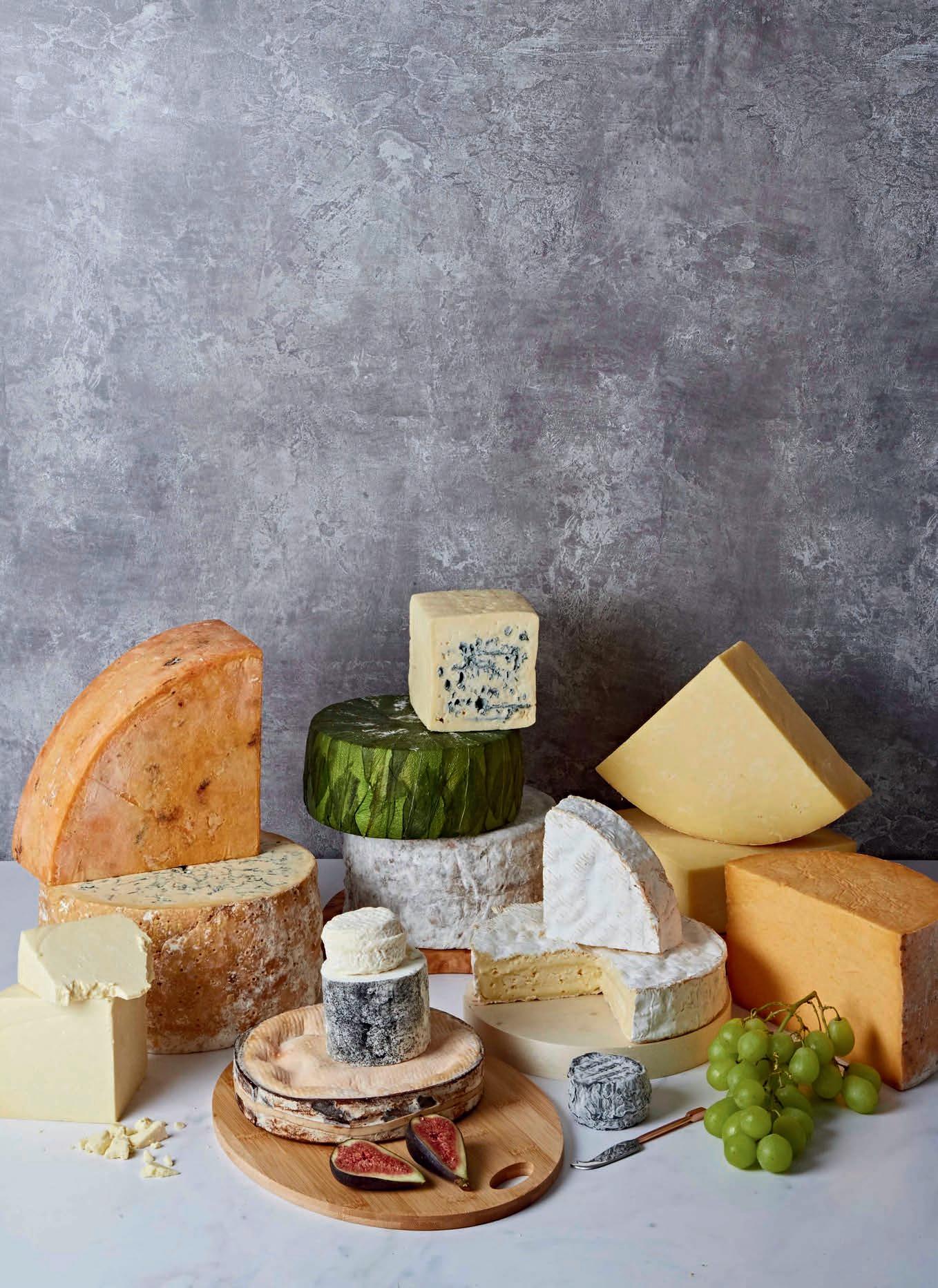
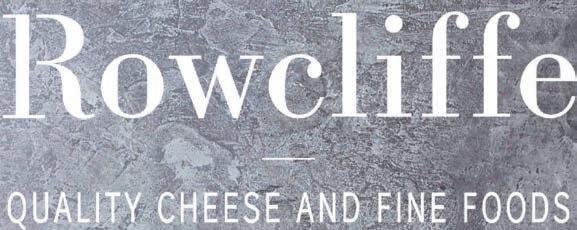
Offering best in class quality artisanal cheese and fine foods to Independent Retailers.
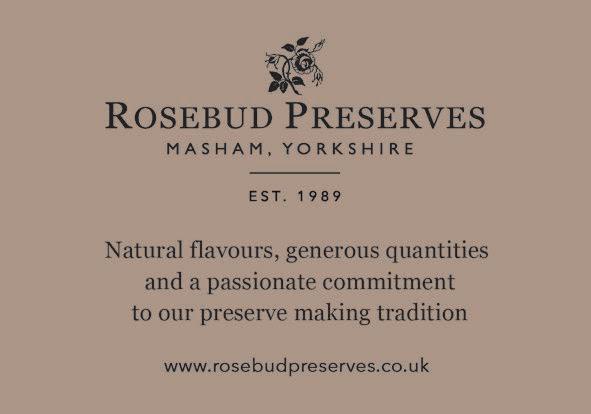

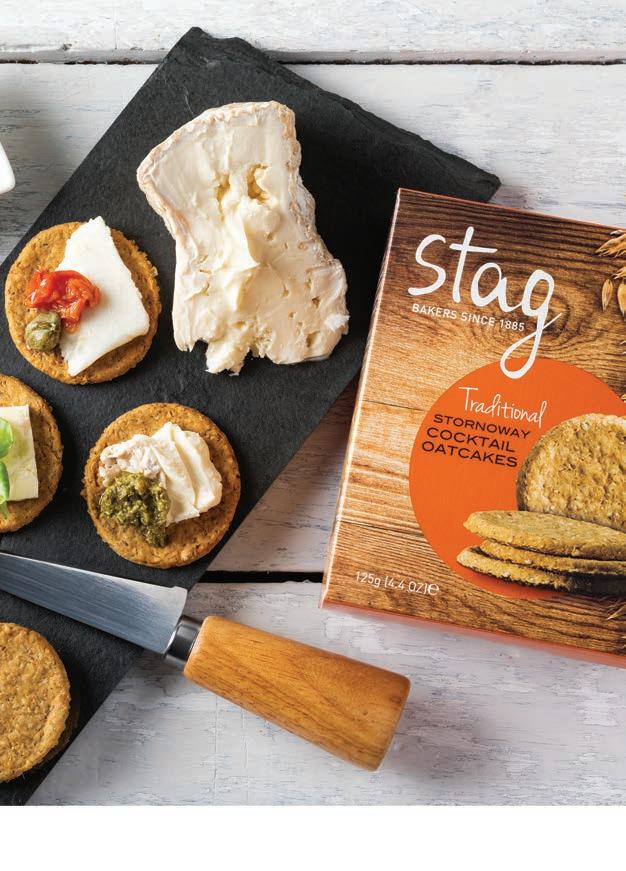

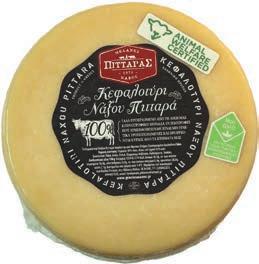
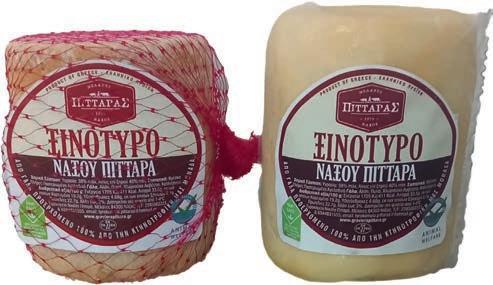
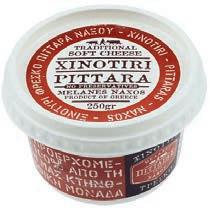
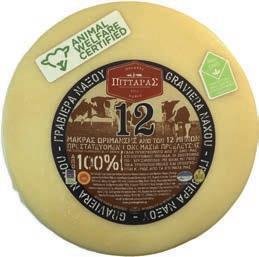
a promotion feature for
The cheese your board deserves
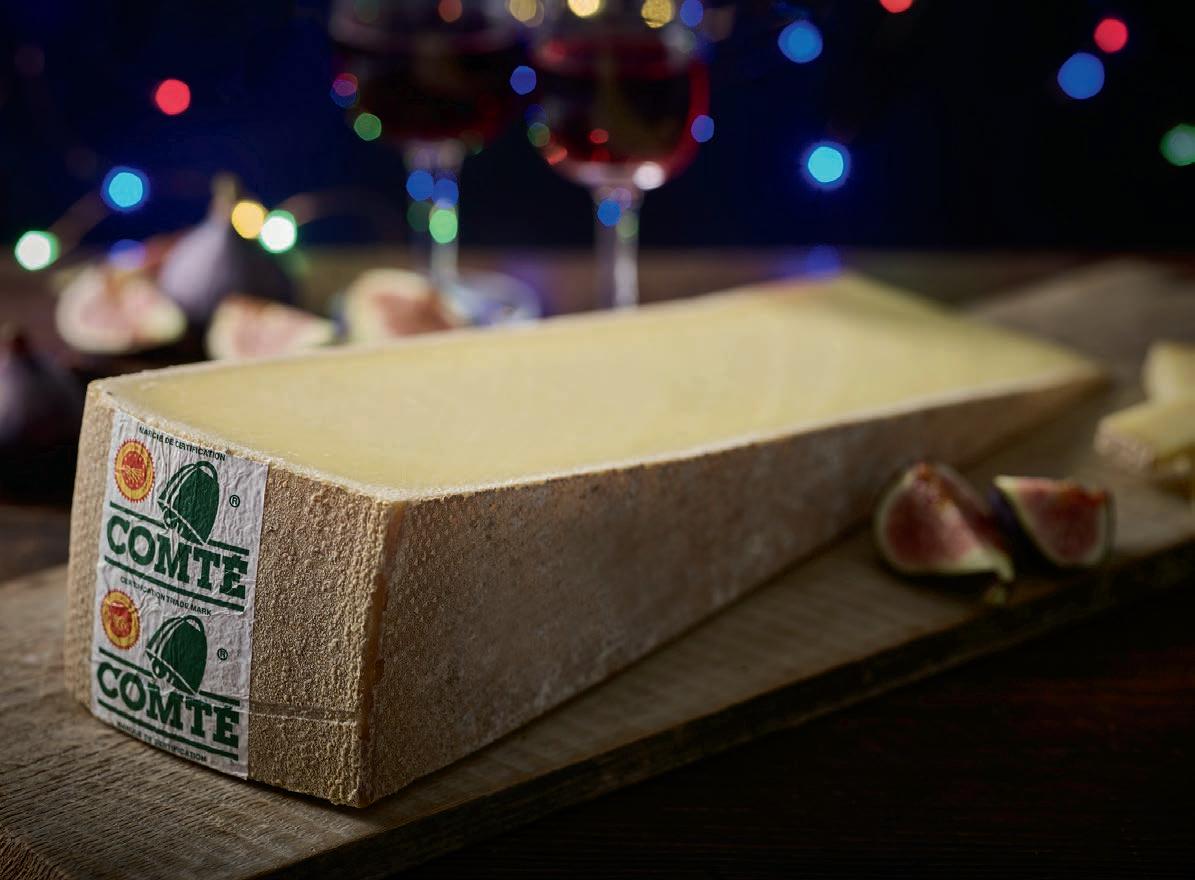
With over a thousand years of history, Comté is a truly unique French cheese, guaranteed to have your customers talking about it for days and weeks to come. A must-have for any foodie’s Christmas cheeseboard and beyond.
For centuries, farmers, fruitières and affineurs of the Jura Mountains of Eastern France have been lovingly producing the internationally popular Comté cheese every single day of the year.
This is a cheese for all seasons, whether that’s being the star of the show on the cheeseboard or enjoyed in a variety of mouth-watering dishes. With its ability to melt easily, Comté is also a firm favourite of chefs and home cooks all over the world.
Comté’s delicious flavour originates from the raw milk of the Montbéliarde and French Simmental cows of the Jura Mountains, each of which has its own hectare of land to graze on. The cows eat grass and a wide range of plants and flowers out on the pasture in the summer, and locally harvested hay in the winter, producing high-quality milk and giving Comté its very special taste, scent, colour and texture.
Every single day, the milk is collected from the nearest local farms and transformed into large 40kg wheels of Comté cheese by small village dairies, the
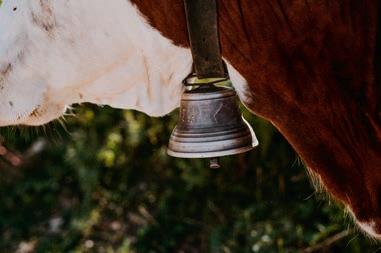
fruitières. The wheels are moved to local ageing caves and cellars, where affineurs take care of the wheels of Comté during the ageing process, regularly turning, salting and rubbing each one with brine solution for up to 24+ months. Their experience and expertise, passed down from generation to generation, dictates when the cheese is ready for consumption.
As a result, one piece of Comté might have a firmer texture with a nu ier taste and another might be smoother with a more floral flavour, dependent on several factors such as the altitude the cows were grazing at, the time of year and the skills of the affineur during ageing. Each wheel and bite of Comté is therefore completely unique. No fewer than 83 different flavour profiles in six flavour ‘families’ have been identified in Comté. These flavour profiles are as diverse as walnut, bu ered toast, artichoke, leather and vanilla.
By stocking different ages of Comté, your customers can experience this first-hand for themselves, encouraging them to decide which age of
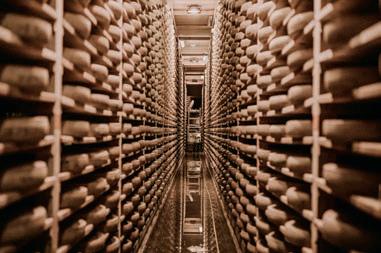
the cheese they prefer, including whether their palate preference leans more towards a winter or a summer flavour.
It’s a fun and engaging tasting experience to create a cheeseboard made up solely of different ages of Comté, offering a wider range of flavours and textures that simply couldn’t be achieved with another cheese.
Comté has been awarded AOC status, following the traditional rules that generations have been using to create the cheese exclusively in this region of France, that has integrated Comté into every aspect of the community life.
Earlier this year, Comté was featured in the film Holy Cow (an award-winner at Cannes), shot in the Jura region by a local director and with many local actors. This has generated an even bigger interest in the cheese from the consumer audience who have been given a unique glimpse into the world of Comté-making: the perfect time to introduce this special cheese to your customers.
If you would like to stock Comté and enjoy a slice of the potential profits of this wonderfully unique cheese, head to www.comtecheese.co.uk/are-youa-cheese-reseller/ to contact us, as well as downloading promotional materials to support your sales.
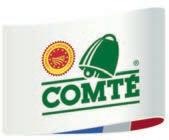
Kentish Handmade Cheese
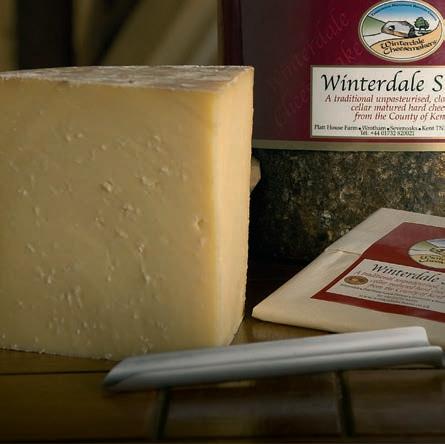
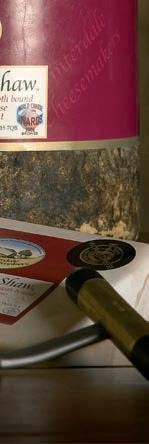
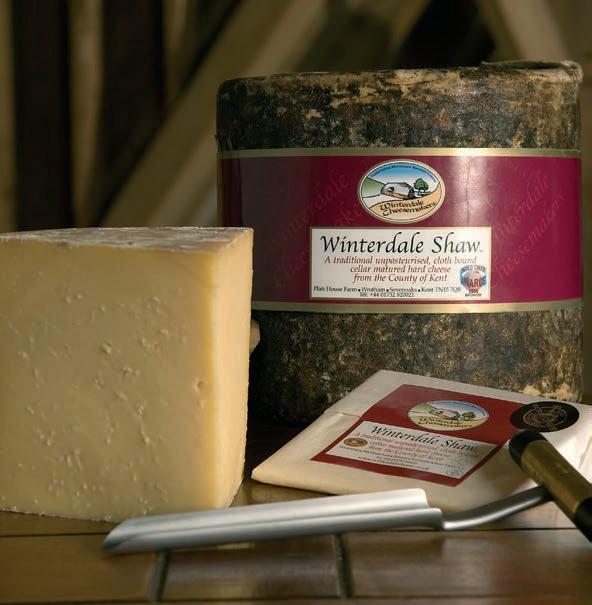


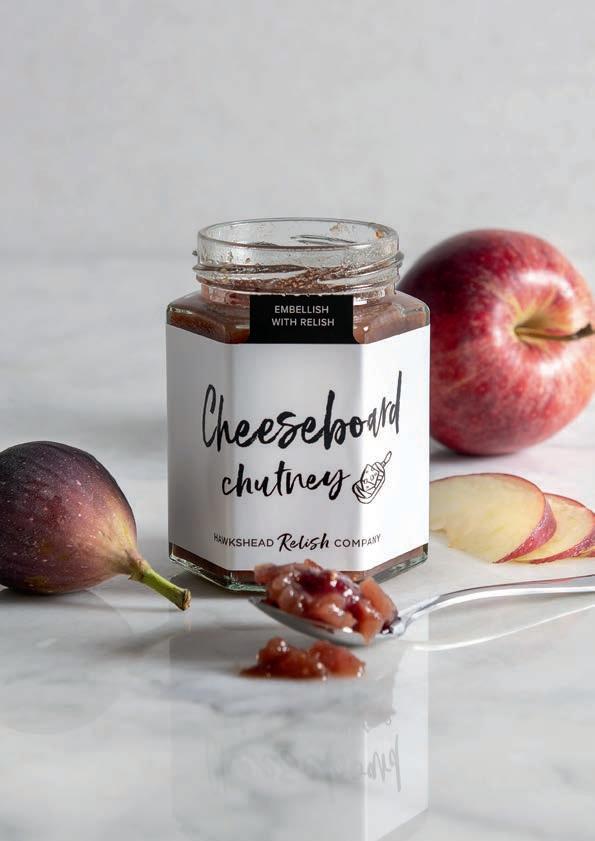

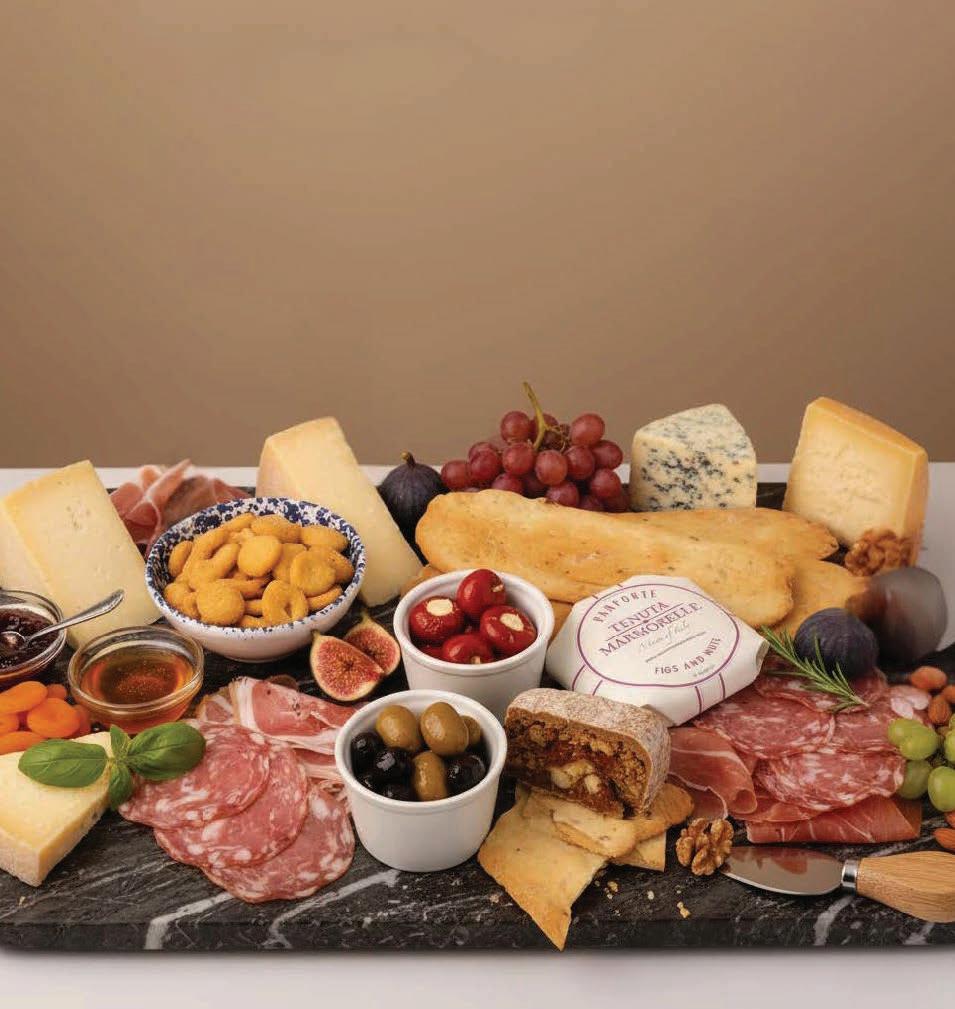
At Tenuta Marmorelle, quality is at the heart of everything we do. Founded in 2014, Tenuta Marmorelle is a proud family-run business dedicated to bringing the finest Italian food products to the UK. From our award-winning olive oil, ZERO, to an extensive range of premium ingredients, we supply farm shops, delicatessens, and restaurants across the country with authentic flavours that celebrate Italy’s rich culinary heritage.
our beautifully curated selection of authentic Italian antipasti, designed to pair effortlessly with a wide variety of cheeses and wines. consists of sweet Tuscan panforte to savoury cured meats & spicy olives & more, each product is crafted with tradition, quality, and flavour in mind — making it the perfect companion to any cheeseboard.
extraSOMETHING
Cradoc’s crispy sourdough Delisticks are made for dipping, creating canapes. or just adding some crunch to a cheeseboard, only elevated. They are available in Cheddar & Spring Onion, Mexican Bean and Salted Sourdough varieties (100g, £3.60) cradocssavourybiscuts.co.uk
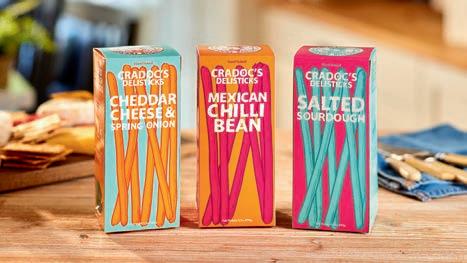
Once Northern Ireland’s Burren Balsamics has infused its Christmas Balsamic with whole cranberries, sliced oranges and spices, the producer pulls it all out and makes a chutney. The resulting Cranberry Chutney a zero-waste product, and its combination of balsamic-soaked fruit and spices is ideal for winter eating occasions – from Christmas cheeseboards to leftover toasties. RRP £4.50. burrenbalsamics.com

Rennet & Rind has a broad selection of gift items for the cheese-lover in your life. There are a number of traditional options, like a branded cheese knife (£20) or a slender acacia wood cheeseboard (£18), or Biscuits for Cheese tins (£9.95 each). The retailer and wholesaler has the really keen turophiles covered too, and has teamed up with local business Stamford Notebooks to create handbound Cheese Tasting Journals. rennetandrind.co.uk
Whether you’re looking to pep up your own cheeseboards, elevate your dinner spreads or improve someone else’s enjoyment of the good stuff, this selection should provide some inspiration.
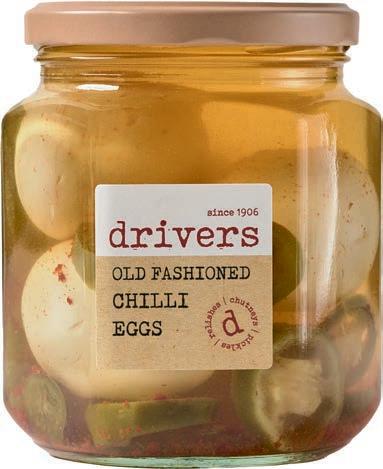
Heritage meets innovation in the latest additions to the Drivers Pickles roster – and both are perfect for serving with cheese.
Old Fashioned Chilli Eggs combine the comfort of a traditional pickled egg with a modern kick from a tangy vinegar infusion laced with jalapeños and chilli flakes.
Those after a gentler accompaniment could opt for Baby Onions with Maple Syrup, which are said to be a good match for creamy blues or goats’ cheeses. driverspickles.co.uk
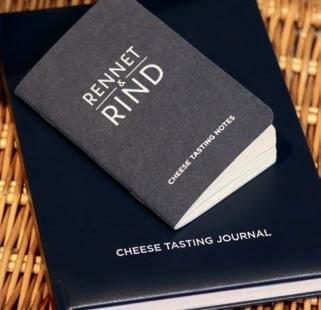
Brindisa has a trio of new accompaniments that will add a Spanish twist to your cheeseboards.
Its fig jam (140g, RRP £3.95) from Paiarrop Pajarero in Valencia is made with slowcooked, tree-ripened fruit and offers both honeyed and earthy notes alongside a little crunch from the fig seeds.
The supplier also has two new Acacian honey & nut blends from Alemany. Both the Honey with Wanuts and with Almonds come in 250g jars (RRP £9.50).
brindisa.com
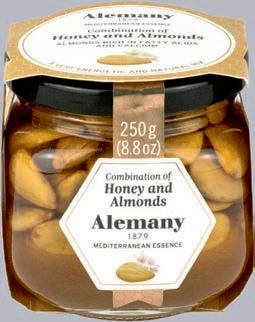


Delicioso’s gourmet membrillo (quince paste) crafted in Murcia, south-east Spain, is now available in a new 400g tray. Preservativeand additive-free, this is a classic accompaniment for Manchego but also pairs well with the blue Valdeón or a milder cheese like Tetilla.
The new larger format is ideal for bigger gatherings or foodservice, but the original 240g portion is still available for gifts and hampers too. delicioso.co.uk


Those looking for a triedand-tested accompaniment might consider the very aptly named Cheeseboard Chutney from Hawkshead Relish. The Cumbrian producer’s best-seller offers up rich, fruity and subtly spiced notes that complement all manner of cheeses – from creamy brie and tangy cheddars, and even robust blues. This gluten-free, vegan and nut-free chutney is also available in catering sizes, hamper sizes and gift packs. hawksheadrelish.com
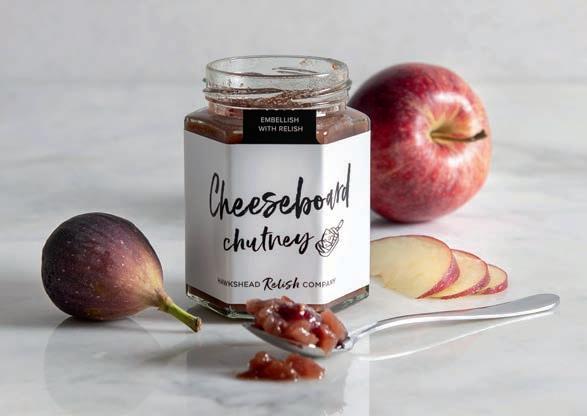
The Oil Merchant is now stocking the Villa Manodori range of oils, vinegars and condiments created by 3 Michelin Starwinning Chef Massimo Bottura. The Dark Cherry Balsamic is produced in Modena using the Trebbiano grape and aged only in barrels made from the wood of cherry trees from Vignola. Its intense fruitiness is a good match for creamy cows’ milk or younger goats’ milk cheeses.
oilmerchant.co.uk
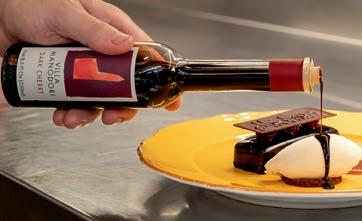
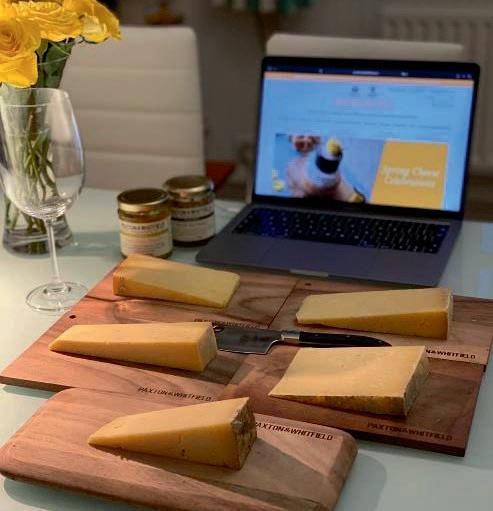
You’d expect Britain’s oldest cheesemonger to have a few gift options up its sleeve, and Paxton & Whitfield certainly does. As well as monthly box subscriptions (£29.99 per month on a rolling basis) and its Cheese Club boxes (from £120), the retailer also offers more interactive gift options like its Cheese Quiz (£55) tasting box, monthly Virtual Tastings (£45), and even Academy of Cheese Level 1 courses (£195). paxtonandwhitfield.co.uk



Among the many Italian delicacies in its range, traditional Panforte is available through wholesaler Tenuta Marmorelle. This Tuscan speciality’s mix of candied fruits, almonds, honey, and warming spices makes it very versatile, including as a way of adding texture and complementary flavours to a cheeseboard, whether it’s for serving right now or gifting for later.
tenutamarmorelle.com
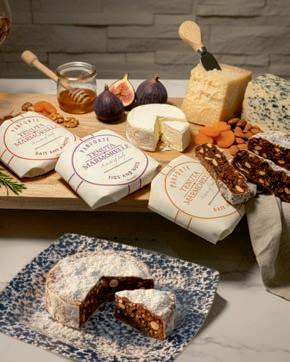
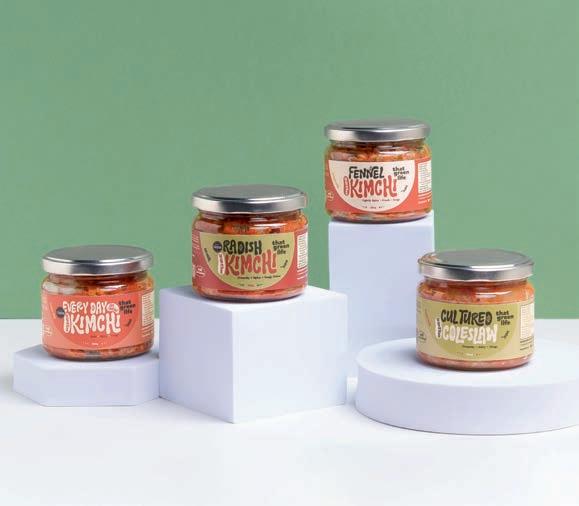
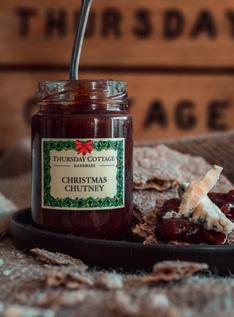
For a more modern cheeseboard, why not add some fermented funk to proceedings with That Green Life’s range of awardwinning, natural products? The roster includes Everyday Kimchi alongside Radish Kimchi, Fennel Kimchi, and Cultured Coleslaw –all of which work well alongside cheese while also delivering the added gut health benefits from their live cultures. thatgreenlife.uk
Thursday Cottage has worked to improve the recipe for its popular Christmas Chutney (112g, RRP £2) for 2025. It is a Spiced Apple & Lingonberry Chutney with a dash of Port, containing lots of chunky pieces of juicy apple and small cranberries that burst with flavour. Given its many applications, it’s safe to say this one isn’t just for serving on the big day but well into the New Year.
thursday-cottage.com
shuttling artisan cheese to its final destination cradoc's crackers offer the perfect vehicle!


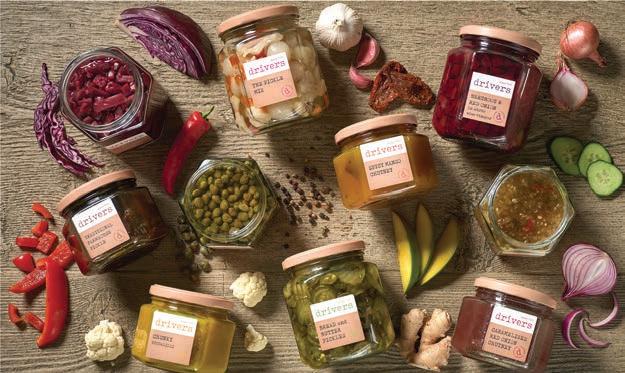
Cradoc’s Crackers and Delisticks baked by cheese lovers for cheese lovers. Available January 2026
swiss quality cheese – since 1868.





















ON THE Oldest kids block
Of all things going on at Barber’s, the one thing it is not doing is producing a commodity cheese. As well as an accomplished maker, this Somerset family business is a preserver of cultures, a major exporter and a champion of flavour variations – all in aid of spreading the gospel about what cheddar should really taste like.
By Patrick McGuigan
There have been plenty of pages dedicated to the subtle nuances of traditional cheddars in this magazine down the years. From the savoury intensity of Montgomery’s to the bu ery charms of Hafod, our writers have waxed lyrical about the complex flavours found in farmhouse. But for the vast majority of Brits, indeed for most people around the world, cheddar isn’t made in truckles with raw milk or wrapped in mouldy cloth. It’s pasteurised and comes in plastic-sealed blocks. And it tastes the same every time.
At least that’s what I thought until I went to visit Barber’s Cheddar in the village of Ditcheat in Somerset. The company, which employs 400 people, makes block cheddar for many of the major supermarkets’ premium own brands, as well as under its own labels, including 1833 (named a er the year the company was founded) and Coastal Cheddar. It also still makes cloth-bound cheeses such as Wookey Hole Cheddar at its subsidiary Ford Farm in Dorset and is one of a handful of producers to carry the PDO for West Country Farmhouse Cheddar on its products.
So it’s fair to say that sixth-generation cheesemaker and director Giles Barber knows a thing or two about cheese, and he wants to put me straight on the idea that all block cheddar tastes the same.
“We’re not a er uniformity at Barber’s,” he says. “We’re a er making the best we can within a band of quality. There is consistency, but there are real nuances in the flavours. It’s a li le like fine wine. Vintages will taste different, but the essential character is the same.”
The idea that block cheddar might be compared to a fine wine is likely to cause a certain amount of harrumphing among cheese traditionalists, but Barber’s has long been something of an anomaly in

There is consistency, but there are real nuances in the flavours. It’s a li le like fine wine.
the commoditised world of block cheddar.
The oldest cheddar-maker in the UK (and probably the world), the company was started by Daniel Barber and is still run by the family today, including cousins Anthony, Chris, Charlie and Giles, while Charlie and Anthony’s father Nicholas (Nicky) Barber, aged 83, still regularly patrols production.
But what really makes Barber’s stand out from the block cheddar crowd – and explains the fine wine analogy – is the use of traditional starter cultures cultivated at its own laboratory.
Most block cheddar-makers use freeze-dried Direct Vat Inoculation (DVI) bacteria to kickstart milk fermentation, which are supplied by a handful of international companies. Barber’s prefers traditional ‘bulk’ starters that were first collected from farmhouse cheddar-makers in Somerset in the 1950s. Derived from the old whey starters that cheesemakers made themselves, these blends contain a more diverse


range of bacteria, which have been maintained and cultivated over many decades at Barber’s own laboratory. These historic strains, which are also supplied by Barber’s to most of Britain’s artisan cheesemakers, need to be ‘bulked up’ in sterilised milk overnight before being added to fresh milk the next morning. It’s a fiddly, time-consuming process, but they give the cheese rounder and more complex flavours.
The difference is clear in Barber’s 24-month 1833 cheddar, which uses three different blends in rotation, creating three distinct flavour profiles under the same brand. Batches that use MT26 are as beefy as Bovril, while those made with MT34 have the pungent gooseberry notes of Sauvignon Blanc. MT25 sits somewhere in the middle.
“We select from less than 10% of our stock for 1833 because we want it to be a showcase for our starter cultures,” says Barber. “We want to celebrate the different flavours.”
The story of how Barber’s ended up with its own bacteria laboratory is the stuff of British cheese legend. The historic blends were previously owned and maintained by Unigate – one of Britain’s largest cheddar-makers – which decided to switch to the newly developed freeze-dried bacteria in the 1990s and pull the plug on its traditional bacteria. Ancient strains that had been kept alive for many decades could have been lost forever, but one of the company’s lab technicians had other ideas.
Ray Osborne took it upon himself to rescue the cultures and hand them over to Barber’s, who keep them going to this day in a rather unassuming building that used to be a piggery. Osborne was awarded an MBE for services to cheese for his efforts.
Beyond bacteria, one of the other a ributes
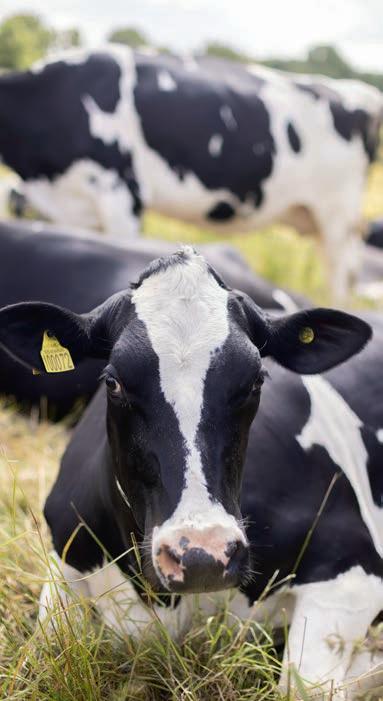
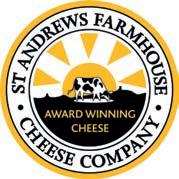



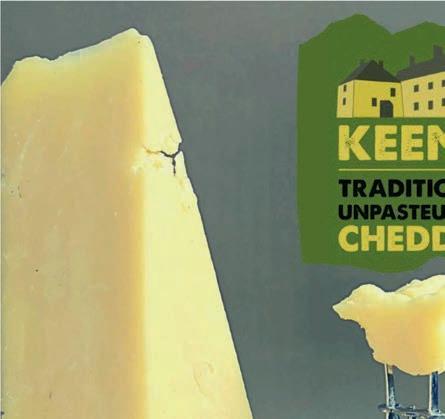
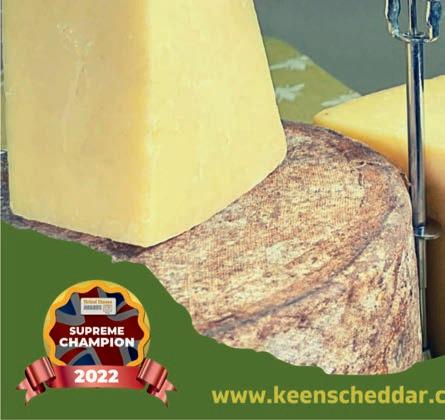


that separates Barber’s from other block cheddar producers is the milk itself, which is sourced exclusively from Somerset and Dorset, including seven of its own farms (also run by family members).
“We have a completely closed milk supply, so we know and trust all of our suppliers,” says Giles Barber. “Elsewhere, milk is traded as a commodity, but we’re fully traceable back to our own farms. All our cows graze outdoors from March to October, typically. We pay for fats and proteins rather than litres. It’s about the quality of the milk as compared to the volume of the milk.”
As well as its own farms, Barber’s is supplied by around 150 Red Tractor-approved farms based within a 35-mile radius, which have to meet strict targets around the composition and microbiology of the milk, as well as what the ca le can eat and how they are treated. At a time when the number of British dairy farms has fallen from 20,000 in 2005 to just over 7,000 today, the company is working with new and small farms. “We take on farms with just 2030 cows and 10% of our suppliers are new to dairy farming in the past five years,” says Barber.
How milk from those farms is turned into 20kg blocks of cheddar is a mesmerising feat of engineering, which Nicky Barber delights in explaining on a guided tour around the plant in Ditcheat, which employs around 200 staff.
The process starts with milk flowing into 34 enormous vats, where starters and rennet are added, before the curd goes through a series of ingenious machines, from draining conveyor belts where blocks of curd are still turned by hand and automatic salting machines, to pipes that blow the salted curd using compressed air, to moulding and pressing machines.
Perfectly formed blocks of cheese finally arrive at the bo om of a large chute. “Every 30 seconds, each tube lays an egg,” says Barber of the blocks of cheese that appear like clockwork, before being vacuumpacked in plastic and packed in wooden crates for maturation.
It’s a hypnotic process that is closely monitored by a central control room where screens flash with information on pH levels, moisture and salt content. 22,000 tonnes of cheddar are made this way each year at the site, but what’s more mind-boggling is that Barber’s is a medium-sized cheddar-maker. The
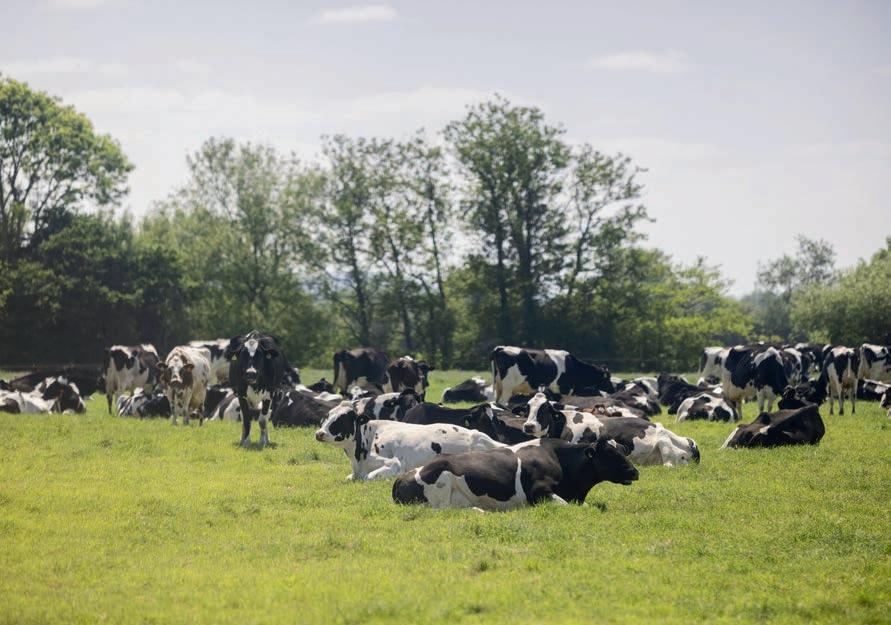
Davidstow factory in Cornwall, where Cathedral City is made, has the capacity to produce more than three times that amount, while some cheese plants in the US can produce more than five times more.
In other words, Barber’s doesn’t have the economies of scale that multinational dairy companies enjoy, which is why it focuses on the premium end of the block cheddar market, sticking to traditional starters, milk quality and long ageing, rather than trying to fight it out on price.
“A lot of big commercial dairies will be aiming to maximise yield by maximizing moisture content, but that doesn’t make very good mature cheddar,” says Barber. “In commodity block cheddar, moisture content could go up to 39%. We’re more like 35% because most of what we make is for longer maturation and a fuller flavour.”
The good news for Barber’s is that fuller-flavoured cheeses are increasingly popular with Brits. Sales of extra mature cheddar grew by 10% in 2024, according to data company Kantar, nearly twice as much as mature. Some of this may be down to people deciding to stay at home in the face of soaring restaurant prices to munch on what has become known as the ‘picky tea’, comprising cheese, charcuterie, antipasti, bread

We think cheddar is in danger of being homogenised in every country across the world.
and wine. And rather than buying standard cheddar, they are treating themselves to more expensive, longer-aged cheeses.
It’s not just the UK that is ge ing a taste for cheddar: Barber’s exports its cheeses to more than 60 countries through Somerdale, a cheese export company based in Somerset that it acquired in 2023. France and Spain are the company’s fastest growing markets, while 1833 was shipped to China for the first time this year. The US accounts for around half of all sales.
“The US is still the big destination,” says Barber. “In America, Canada and Australia, cheddar is part of their culture, but it’s about reminding those people what cheddar should taste like made in its original home.”
The problem, he elaborates, is that because cheddar is made all over the world, the recipe has been tweaked, changed and watered down so that much of the cheese on the market bears only a passing resemblance to the original.
“We think cheddar is in danger of being homogenised in every country across the world,” he says. “And we want to keep those traditional flavours alive, albeit in block format. Because of the amount we make, we can make those flavours more accessible to more people. We feel like we’re on the same journey as the traditional cheddar makers. We’re not competing with them. We’re doing our bit to give people proper, tasty cheddar from its original region.” barbers.co.uk
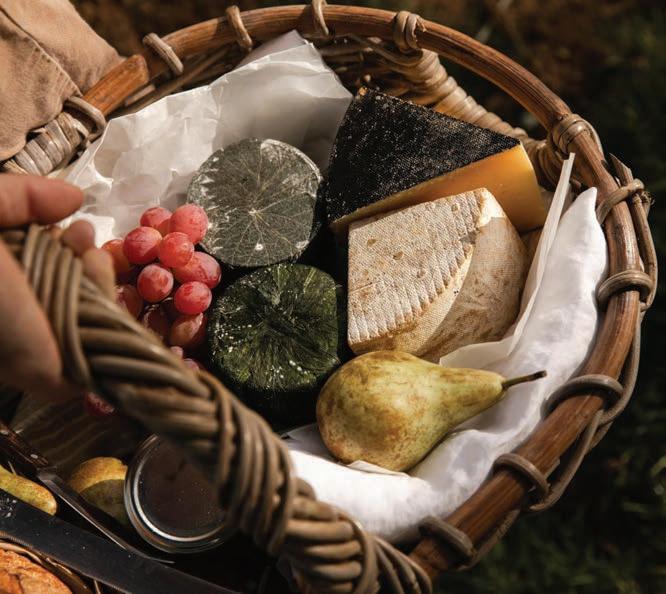

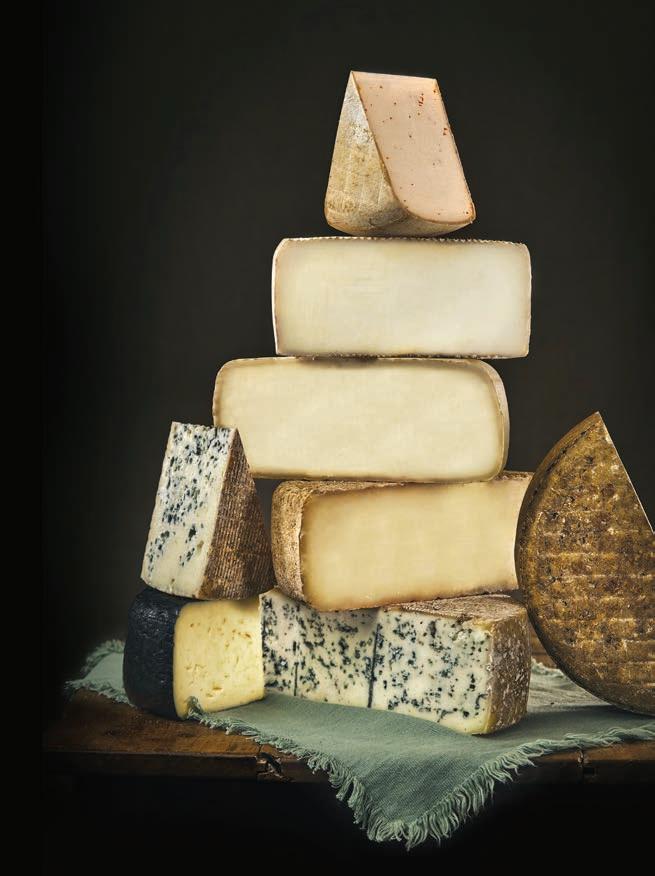




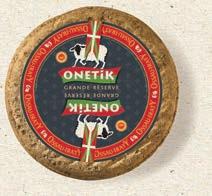
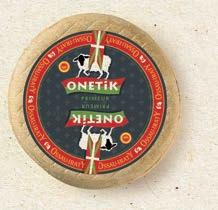










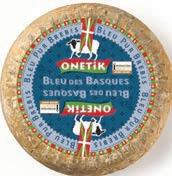






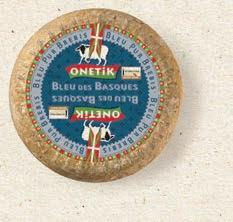




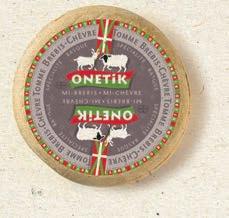








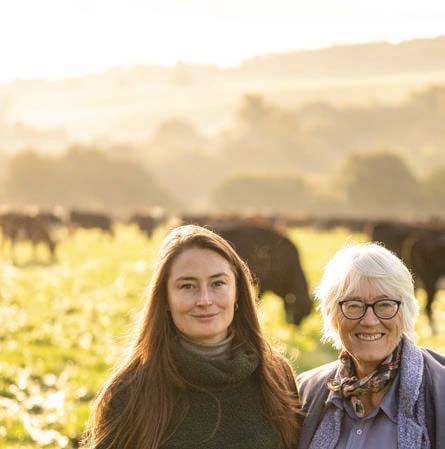
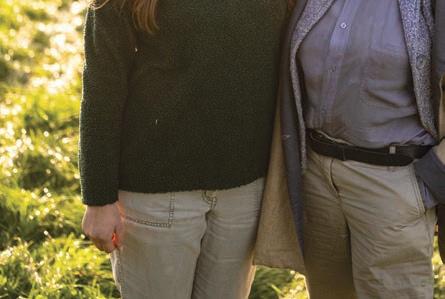








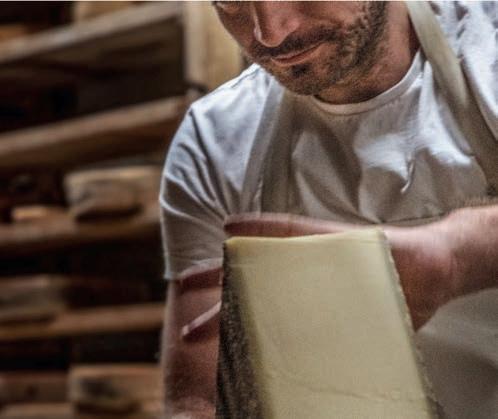


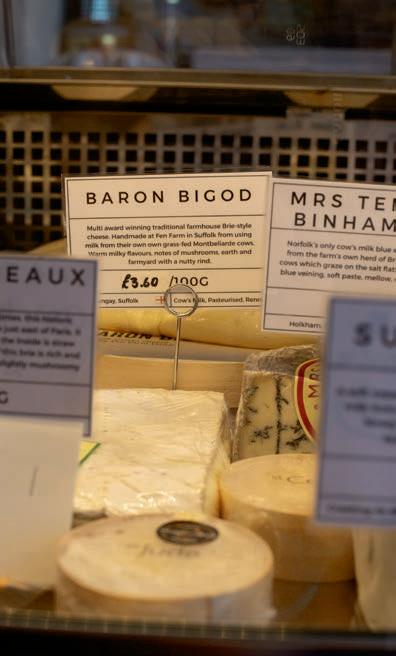
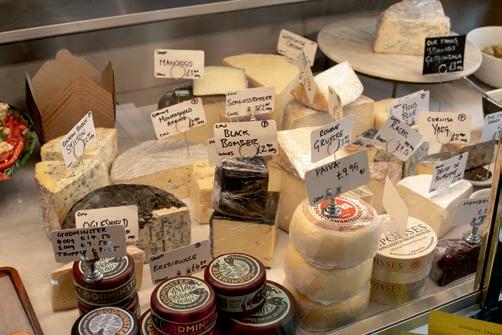

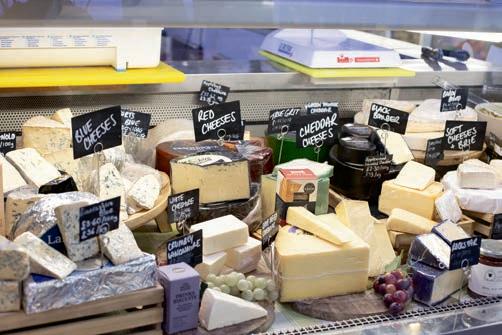
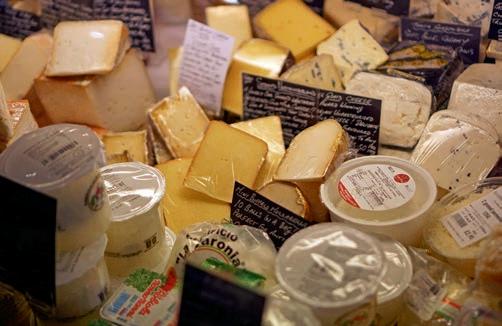
good cheese WHERE TO BUY
East Anglia
CAMBRIDGESHIRE
C A Leech & Son Royston leechandsons.com
The Gog Cambridge thegog.com
The Larder at Burwash Manor Cambridge burwashlarder.com
ESSEX
H. Gunton Colchester guntons.co.uk
NORFOLK
The Norfolk Cheese Company Downham Market thenorfolkcheesecompany.co.uk
Victoria’s Cheese Downham Market victoriascheese.co.uk
Willow Tree Deli Norwich willowtreedeli.co.uk
SUFFOLK
Friday Street Farm Shop Saxmundham fridaystfarm.co.uk
Lawsons Delicatessen Aldeburgh lawsonsdeli.co.uk
London
Bayley & Sage Wandsworth, Belgravia, Marylebone, Kensington, Hampstead, Parson’s Green, Fulham, Chiswick, Wimbledon Village, Chelsea, Battersea & Clapham Junction bayley-sage.co.uk
Brindisa Balham & Borough Market brindisa.com/pages/our-shops
Buchanans Cheesemonger Porchester Place buchananscheesemonger.com
Cheese at Leadenhall City of London cheeseatleadenhall.co.uk
Cheese at Turnpins Greenwich cheeseatturnpins.com
Hamish Johnston Clapham Junction hamishjohnston.com
Harrison’s Wines Ealing harrisonswines.co.uk
La Fromagerie Marylebone, Bloomsbury & Highbury lafromagerie.co.uk
Laura’s Larder Orpington lauraslarder.co.uk
MacFarlane’s Fromagerie & Fine Foods Clapham macfarlanesdeli.co.uk
Panzer’s Delicatessen St John’s Wood panzers.co.uk
Parson’s Nose Parson’s Green parsonsnose.co.uk
Partridges Chelsea partridges.co.uk
Paxton & Whitfield Piccadilly & Chelsea paxtonandwhitfield.co.uk
The De Beauvoir Deli Company Hackney thedebeauvoirdeli.co.uk
The Eclectic Collection Earlsfield theeclecticcollection.co.uk
The Larder Ladywell instagram.com/thelarderladywell
The Real Cheese Shop Barnes barnesvillage.com/food-anddrink/speciality-food-shops/thereal-cheese-shop.html
Valentina Deli & Wines East Sheen valentinadeli.co.uk
Midlands
DERBYSHIRE
Croots Farm Shop
Duffield croots.co.uk
NOTTINGHAMSHIRE
Delilah Fine Foods
Nottingham delilahfinefoods.co.uk
Welbeck Farm Shop Nr. Worksop welbeckfarmshop.co.uk
SHROPSHIRE
Broad Bean Ludlow broad-bean.com
Ludlow Farmshop Ludlow ludlowfarmshop.co.uk
STAFFORDSHIRE
Perrys of Eccleshall Stafford perrysofeccleshall.co.uk
WARWICKSHIRE
Aubrey Allen Leamington Spa aubreyallenleamington.co.uk
Cobbs at Stratford Stratford-upon-Avon cobbsfarmshops.co.uk
WORCESTERSHIRE
Top Barn Harvest Shop Holt Heath topbarnfarmshop.co.uk
South West
CORNWALL
Bellinis Deli Kitchen Bude bellinisdelikitchen.co.uk
DEVON
Johns of Instow and Appledore Instow johnsofinstow.co.uk
The Ashburton Delicatessen Newton Abbot ashburtondelicatessen.co.uk
The Heavi Deli Exeter theheavideli.co.uk
The Larder Yelverton instagram.com/ thelarderyelverton
DORSET
Gullivers Farm Shop Ferndown gulliversfarmshop.co.uk
Ogilvy & More Sherborne ogilvyandmore.com
The East Street Deli Wimborne theeaststreetdeli.co.uk
The Truckle Truck Shaftesbury thetruckletruck.com
The Shaftesbury Deli Shaftesbury theshaftesburydeli.co.uk
GLOUCESTERSHIRE
Forest Deli Coleford forest-deli.co.uk
The Cotswold Cheese Co. Burford, Moreton-in-Marsh & Stowon-the-Wold cotswoldcheese.com
SOMERSET Farm Shop Somerset Bruton farmshop.co.uk
Paxton & Whitfield Bath paxtonandwhitfield.co.uk
L’affinage du Fromage Bristol laffinage.co.uk
Melanie’s Kitchen Bristol instagram.com/ melanieskitchendownend/
The Bristol Cheesemonger Bristol bristol-cheese.co.uk
The Fine Cheese Co. Bath finecheese.co.uk
The Little Cheese Shop Taunton instagram.com/the_ littlecheeseshop/ Pinsents
Castle Cary pinsentsdeli.co.uk
WILTSHIRE Allington Farm Shop Chippenham allingtonfarmshop.co.uk
Compton McRae Semley comptonmcrae.com
Mauls Wine & Cheese Bar Salisbury maulswinebar.com
Walter Rose & Son Devizes walterroseandson.co.uk
South East
BEDFORDSHIRE
Franklins Farm Sandy franklinsfarm.co.uk
BERKSHIRE
Cheese Etc Pangbourne cheese-etc.co.uk
Cobbs Farmshop Englefield & Hungerford cobbsfarmshops.co.uk
BUCKINGHAMSHIRE Gershon & Sons Amersham gershonandsons.com
No2 Pound Street Wine & Food Wendover 2poundstreet.com
The Farm Deli Milton Keynes facebook.com/ thefarmdeliwinslow
EAST SUSSEX
Cheese Please Lewes cheesepleaselewes.co.uk
Eggs to Apples Etchingham eggstoapples.co.uk
Seasons Whole Foods Seasons Forest Row seasonswholefoods.co.uk
Shearer’s Fine Foods Forest Row shearersfinefoods.co.uk
The Weald Smokery Flimwell wealdsmokery.co.uk
HAMPSHIRE
Bay Leaves Larder Eastleigh bayleaveslarder.co.uk
Coast and Bounty Southampton coastandbounty.com
Cobbs Farmshop & Kitchen Winchester cobbsfarmshops.co.uk
Love for local Liss love4local.co.uk
The Pig’s Pantry Burley Ringwood thepigspantryburley.co.uk
Sky Park Farm Petersfield skyparkfarm.com
Thyme & Tides Stockbridge thymeandtidesdeli.co.uk
Tisbury Delicatessen Tisbury tisburydeli.co.uk
HERTFORDSHIRE
Bury Lane Farm Shop Royston burylanefarmshop.co.uk
French & Day Delicatessen Ware frenchandday.co.uk
The Fleetville Larder St Albans fleetvillelarder.com
The Honest Fig Royston instagram.com/thehonestfig/
ISLE OF WIGHT
Harvey Brown’s Farm Shop Newport harveybrowns.co.uk
KENT
Gilda Bakery Canterbury gildabakery.com
Macknade Fine Foods Faversham macknade.com
Paxton & Whitfield Canterbury paxtonandwhitfield.co.uk
Picnic Deli Margate instagram.com/picnicdeli_margate
Sandgate Deli Folkestone sandgatedeli.com





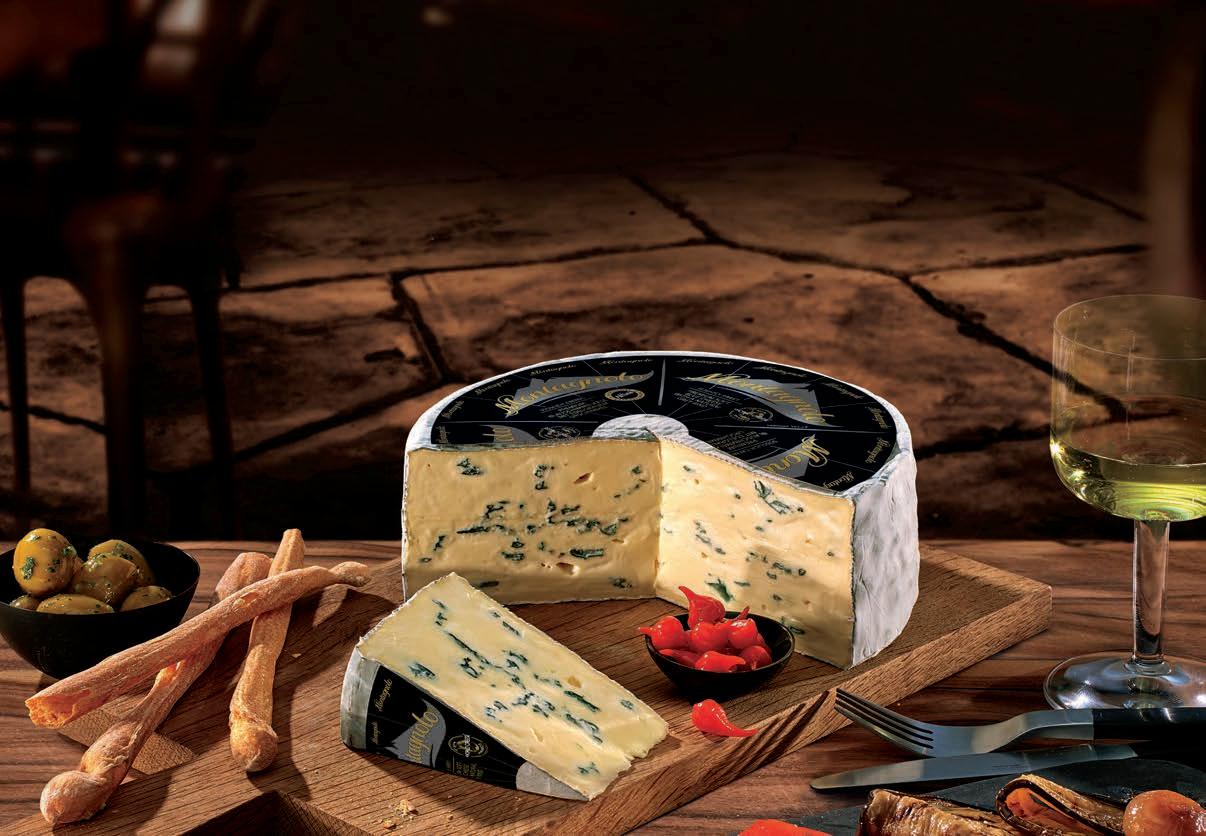


The Cheese Shop Tunbridge Wells Tunbridge Wells thecheeseshoptw.co.uk
OXFORDSHIRE
Kitchen Food Company Oxford kitchenfoodco.co.uk
The Granary Delicatessen Watlington granarydeli.co.uk
Worton Kitchen Garden Worton wortonkitchengarden.com
SURREY
Green and Lovely East Molesey greenandlovely.co.uk
Priory Farm Estate
Redhill prioryfarm.co.uk
Secretts Farm Shop Godalming secretts.co.uk
Valentina Deli Weybridge valentinadeli.co.uk
WEST SUSSEX
Cowdray Farm Shop Midhurst cowdrayfarmshop.co.uk
Swains Farm Shop Henfield swainsfarmshop.co.uk
The North
CHESHIRE
Godfrey C. Williams & Son Sandbach godfreycwilliams.co.uk
The Lambing Shed Farm Shop & Café Knutsford thelambingshed.com
CUMBRIA
Low Sizergh Barn Farmshop
Kendal lowsizerghbarn.co.uk
The Cheese Delicatessen Keswick keswickcheesedeli.co.uk
EAST RIDING OF YORKSHIRE
Drewton’s Near Brough drewtons.co.uk
The Pickled Fig Hessle thepickledfig.co.uk
MANCHESTER
Barbakan Delicatessen Chorlton barbakan-deli.co.uk
Chorlton Cheesemongers Chorlton chorltoncheesemongers.co.uk
The Cheese Hamlet Didsbury thecheesehamlet.co.uk
MERSEYSIDE
Birkdale Cheese Centre Southport birkdalecheese.com
Gillions of Crosby Liverpool gillionsofcrosby.com
NORTH YORKSHIRE Fodder Harrogate fodder.co.uk
Hunters of Helmsley Helmsley huntersofhelmsley.com
Lewis & Cooper Northallerton lewisandcooper.co.uk
The Cheeseboard - Harrogate Harrogate thecheeseboard.net
The Cheese Press Richmond thecheesepressrichmond.co.uk
The Courtyard Dairy Settle thecourtyarddairy.co.uk
Town End Farm Shop Skipton townendfarmshop.co.uk
NORTHUMBERLAND
Cheese Room at Alnwick Deli Alnwick
Tully’s of Rothbury Rothbury rothburydeli.co.uk
SOUTH YORKSHIRE Deli 28 Doncaster deli28.co.uk
Porter Brook Deli Sheffield theporterbrookdeli.com
TYNE AND WEAR
The Blagdon Farm Shop Newcastle-upon-Tyne theblagdonfarmshop.co.uk
The Deli Around the Corner North Shields thedeliaroundthecorner.co.uk
WEST YORKSHIRE
Cryer & Stott Cheesemongers Castleford cryerandstott.co.uk
Farmer Copleys Pontefract farmercopleys.co.uk
George & Joseph Cheesemongers Leeds georgeandjoseph.co.uk
Hinchliffe’s Farm Shop Netherton, Huddersfield hinchliffes.com
The Artisan Cheese Company Wetherby theartisancheesecompany.com
Truly Scrummy Leeds trulyscrummy.com
Scotland
FIFE
Elie Deli Leven eliedeli.co.uk
HIGHLANDS
Connage Highland Dairy Inverness coastandbounty.com
Corner on the Square Beauly corneronthesquare.co
MORAY
The Spey Larder Moray speylarder.com
PERTH AND KINROSS
The House of Bruar Pitlochry houseofbruar.com/food-hall
SCOTTISH BORDERS
The Mainstreet Trading Company Melrose mainstreetbooks.co.uk
WESTERN ISLES
The Good Food Boutique Stornoway thegoodfoodboutique.co.uk
Northern Ireland
CO DOWN
McCartney’s of Moira Craigavon mccartneysofmoira.com
Wales
CARMARTHENSHIRE
Carmarthen Deli Carmarthen carmarthendeli.co.uk
CEREDIGION
Ultracomida Deli Aberystwyth ultracomida.co.uk
DENBIGHSHIRE
Rhug Organic Farm Corwen rhug.co.uk
GLAMORGAN
Flynn’s Delicatessen Swansea flynnsdeli.co.uk
Neath Deli Neath neathdeli.shop
The Gower Deli Swansea instagram.com/thegowerdeli
Wally’s Delicatessen Cardiff wallysdeli.co.uk
GWYNEDD
Blas Ar Fwyd Cyf Llanrwst blasarfwyd.com
MONMOUTHSHIRE
Morris’ of Usk Llanbadoc uskgardencentre.co.uk








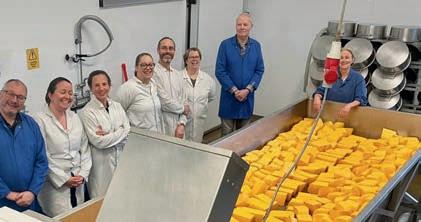










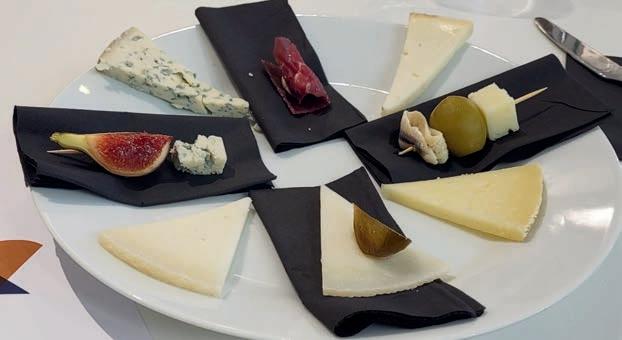











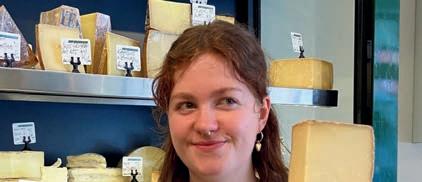


















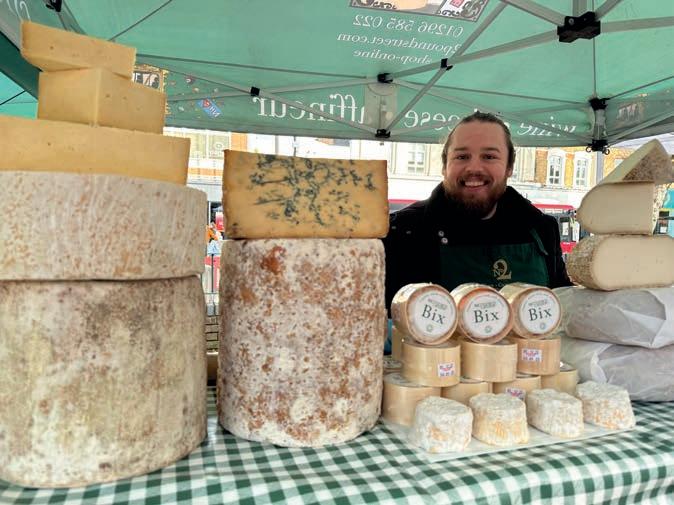


As a 'not for profit' we have given over £60k to local causes and continued support of Artisan Cheese Makers through mentorship with Academy of Cheese and sponsorship of World Cheese Awards.
Come and discover over 200 cheeses and delicious accompaniments every 3rd Sunday of the month in Chiswick, West London.
chiswickcheesemarket.uk

Horgan’s Delicatessen Supplies is an Irish owned and family operated business. As one of the premier chilled speciality food distributors on the island of Ireland, Horgans is a supplier of both branded and private label ranges to the retail multiples (including: Dunnes Stores, M&S, Tesco, Super Valu), discounters and symbol groups in Ireland via Central Distribution. Horgans Van Sales Fleet also deliver directly to hundreds of valued independent speciality stores nationwide.
Horgans continuously invest in the latest technology for our chilled warehouse based In Mitchelstown, Cork. The facility also offers a clean room environment for cheese cutting, waxing and packing. This unique service offers the option to cut large-format (Irish and Continental) cheeses into various convenient retail specific sizes. Our professional production team is trained in the art of proper cutting of various shapes and sizes of cheese, and the cuts are consistent, well-wrapped, and visually appealing
www.horgans.com









